Today, on June 17 Samara hosts the first match of the FIFA World Cup; for a city that had been a restricted access area in the Soviet times, and in the new age was getting older and weaker, the World Cup is a colossal event and a great opportunity. I want the tourists coming to my native city to see it beautiful, attractive and interesting—I want them to love Samara. This is why I prepare a guide to Samara you are now reading. Please share it! Help travelers to know more about the city!
I won’t belabor on the printed materials issued by the Samara City and Region Departments of Tourism, but will limit myself to an observation that there is little up-to-date information about the city. You will find it hard getting your hands on a decent guide-book! This is why I was writing these posts with a feeling of ‘who if not me’, and this is exactly why I ask you to share this post regardless of whether or not you are going to Samara, you like it or you agree with me. The more information people have the better—so help travelers know more about the city!
10 Facts of Samara You Must Know
Molodogvardeiskaya street
1. The Government of the USSR was evacuated to Kuybyshev (that was the name of Samara in the Soviet period) in October 1941, and with it the foreign embassies, the Bolshoi Theatre, prominent people of Soviet arts, and Stalin’s family. Svetlana Allilueva, Stalin’s daughter went to a Kuybyshev school, and a bunker was built for Stalin, which is now open for visitors. While in Kuybyshev, Dmitry Shostakovich completed his Seventh—“the Leningrad”—Symphony. The house where he lived and worked is now adorned with a memorial plate, and the street he used to walk to the Opera and Ballet House is named after him. The Union of Compositors of the USSR was founded here. Many of the defense enterprises were evacuated to Kuybyshev as well, and that was one of the reasons why the city was a restricted access area for a long time.
2. At different times, Samara was the home of Jaroslav Hašek (there is a monument to the Brave Soldier Sveik in the downtown Samara), Alexei Tolstoy, Maxim Gorky; Lenin used to live and work here, and in the village of Shiryaevo on the other bank of the Volga (opposite Samara) Ilya Repin worked on his “Barge-haulers on the Volga”. A Nobel Prize winner for chemistry, Nikolai Semenov, studied in the Samara non-classical secondary school.
Sunset in Samara
3. The first performance of the famous waltz “On the Hills of Manchuria” was given in Samara (originally it was named “The Moksha Regiment on the Hills of Manchuria” and was dedicated to the soldiers of the regiment who had fallen in the Russian and Japanese war). The premiere performance was in the public park on the bank of the Volga (now the Strukovsky Garden), a nice place to have a walk once the preparations for the World Cup are over. The waltz was written by the regiment’s band-master Ilya Shatrov, and the regiments itself was accommodated in Samara.
4. Samara is the motherland of the button accordion. It is believed that the first button accordion was made by Pavel Chulkov. He was born in Tula in the family of a harmonica master maker, moved to Samara in late XIX century and continued his father’s business. In the course of improving the instrument he invented the button accordion.
Nekrasovskaya street
5. Yuri Gagarin made his flight into the space with the rocket made on a Samara (then Kuybyshev) plant. The Space Rocket Center “Progress”is still manufacturing rockets and they are still flying into space. There is a rocket monument in Samara. Gagarin actually landed in the Saratov Region, but he was reposing in one of the executive dachas near Samara.
6. Samara is a city resort proud to have the longest river waterfront, or embankment, in Russia. In the summer months the Volga gets as warm as 21-22 degrees; the well-equipped beach attracts large crowds and becomes a place of rest and a location for beach volleyball and beach football tournaments. Running, roller-skating or cycling or simply walking along the river is the best you can do in Samara in summers.
7. The largest square in Europe is in Samara. The Kuybyshev Square is the central square of the city, and the theatre where Shostakovich’s Seventh Symphony was first performed stands right here. The square is a complex comprising the central open space and four miniature parks in the corners.
The river Volga as seen from plane
8. For over 40 years Samara has been holding the popular annual Valery Grushin Songwriters’ Festival, commonly referred to as ‘the Grusha’. Valery Grushin was a student of the Kuybyshev Aviation Institute, an amateur singer and songwriter himself; he was killed on the River Uda in Siberia when saving the drowning children. A year after his death his friends gathered to pay respect to his memory and sing his favorite songs—and thus started the festival.
9. There is a professional football team in Samara called “Krylia Sovetov” that was last year relegated (once again!) from the Premier League. I know it all about the unhappy football of Samara, for my father has been a keen supporter of the “Krylia” almost from the date of their foundation in 1948. In the summer of 2018 Samara will host 6 games of the World Cup, and a giant arena is constructed for it. Now“Krylia” is playing in the Russian Premier League, and the new stadium will rightfully inherit the glory of one of the most crowded stadiums of the country, the old “Metallurg” arena.
10. The most beautiful girls are to be found in Samara, said famous Russian film director, Oscar winning Nikita Mikhalkov in an old TV commercial as he was flying over the Earth in a Samara rocket (actually, it was a space station) and looking through the viewing port.
Samara: Places to Live, Eat and Shop in the Most Beautiful City on the Volga
Take a look at the map I prepared: it has the most important cultural, entertainment, gastronomy and shopping places in the city.
And now—let’s go!
Hotels
There are enough hotels in Samara, and the World Cup will provide a strong impetus for the hotel business to develop. I stayed in many of the Samara hotels, but the majority of them are nonsensical backwater establishments quite often set up by people with little understanding of hospitality business. So I will mention only two hotels: an excellent and a regular one.
Hands down, this is the best hotel of Samara, and that you may take from me, someone who knows the depths of incompetence of Samara hoteliers. The five-star luxury Lotte Hotel Samara has it all in the way it should be in a five-star hotel, no provisions for its location in a provincial city. Spacious rooms, impeccable design and decoration, excellent breakfast and immaculate service: I still can hardly believe it is Samara. I am looking forward to the opening of the panoramic swimming pool on the top floor and several restaurants. The hotel is accommodating guests now but it will start working full-scale in September. If you have the opportunity, don’t even look for other options.
Four robust, if slightly aging stars. The hotel has been in operation for several years, but it was only last year that disposable slippers (finally!) appeared in the rooms. Some years ago, breakfast here was quite bad and I have not taken it since—yet the hotel is in the center of the city and now there is no problem in finding a place to get your morning coffee. The big advantage of this hotel is its location near the waterfront and the beach. If by any chance you come to the Volga the way you would come to the sea, you may as well stay here: in seaside resort terms, Holiday Inn Samara is in the second line.
Restaurants
The only decent fish restaurant in the city that offers—oh the miracle!—not only Crimean oysters and the far-eastern tuna but fishcakes of Volga pike. Another thing worth mentioning is stylish contemporary design, a thing that is still rare in Samara.
The trailblazer of contemporary format Georgian cuisine: yes, there were Georgian restaurants in Samara before Puri, but it was this place that made Georgian cuisine fashionable.
A brand new Georgian restaurant: everyone is happy about the food, every second one is angry with the service.
The only (almost) panorama bar of Samara, and the ‘almost’ is about the elevation from the ground, which is modest. Sky Bar partners with Moet & Chandon, and this is the most fashionable roof of the city.
Self-proclaimed gastropub with steaks, empanadas, quesadilla, tar-tars, khinkali, mussels, and chicken wings on the menu. There is a terrace on the roof, but the view leaves to be desired: this is just not the right location.
A lively contemporary café with a pleasant service from the owners of the neighboring barber shop “Free Barbers”. Good breakfasts and desserts, and the pizza is considered by many to be simply the best in the city.
A bar, a restaurant and a theatre project all rolled in one—and that makes “Ne Brugge” one of the most notable restaurants of Samara. The menu is a mix that, understandably, tries to please all tastes: hookahs, burgers, and a fasting menu.
A cult classic location serving draft “Zhigulevskoe”, a must-stop for any tourist. It has been renovated for the World Cup, the bar is now spacious, and the babushkas selling plastic bottles are now history. Well… It seems that the atmosphere was more genuine back then.
The main drink of the house is, you guessed it, cider: imported and Russian, draft and bottled. Cider is served with snacks. All in all, it is a slightly trendy Basque tapas bar in Samara.
Austere design with beer boxes used as decoration, snacks of sprats and a wide selection of homemade liquors: an oasis for the drinking (and taking the bite after) hipster.
Not the clumsiest of attempts of bringing the Israeli breakfasts (and more) to Samara; the coffee however is always slightly colder than it must be.
The first and best-known burger bar in Samara. Choose from burgers with fish, meat, and vegetables, and if you are not up to burgers, there will be fish and salads on the menu.
A cult café located in the Krasnaya Glinka district (actually, it is out of the city). The owner, Tatyana Mikhailovna, will offer you roebuck dumplings, grilled sturgeon, sterlet soup, and slow-cooked lamb. This is the place you would take your foreign guests if they want the real stuff, not the posh places.
Please remember: many of Samara projects are opening pop-up shops on the waterfront for the summer.
Wine
An excellent wine and gourmet shop and restaurant owned by my old friend Ruslan Shabaev. I might be not the fan of the dark and clubbish interior, but I surely like the approach Ruslan and his team take to wine and food. There are 3,000 positions and 20,000 bottles in the cellar (mainly premium). The restaurant will provide the decent pairing for any wine of your choice. If you are in the mood for a glass of wine or for a good dinner, this is the place.
Alexey Shipovsky was my classmate at the “Enotria” wine school, and now he runs the main wine and hipster place in the city with a very large selection of moderately priced wines. Wines from Romania, Slovenia, or Greece, you got it. Excellent offer of Russian wines, check. Budget-friendly Italian or French wines? Here you go. Wines are not sold by the glass here, but you can drink any bottle of your choice in the bistro next door, and there will be no corkage fee.
Coffee and Desserts
The go-to place if you like specialty coffee and not only classic espresso-based drinks. Alternate-style coffees are probably the best in the city, and then there are the barista’s special offers, e.g. lime and berry coffee. You can also buy homemade granola, pesto, syrups and cookies here.
In my opinion this is the best sweet shop in the city with some very good coffee, and I do like the interior that hints at the mid-century style.
The coffee place in the inner yard of the excellent Museum of Art Nouveau where you can buy not only coffee but also cups with images of buildings in the Samara Art Nouveau style.
There are 2 coffee shops of the name in the city, and while they might be slightly behind other places on my list in terms of atmosphere, the coffee here is just the way it should be. At least for me.
A trendy place with lots of space, light and books on all topics imaginable. The coffee is all right, and the service is nice.
Everything is soft and pink and baby-blue and stylish, well, I think you got the idea from the name. A lot (a lot!) of very sweet desserts and breakfasts all day long; this is a chain with several locations in the city.
Fashionable and photolicious eclairs from the founders of “O More More” and “Sky Bar”, and they are fresh, and tasty, and rich in calories.
Maria Volik is one of the best-known pastry chefs in Samara. Her desserts are really good, the coffee is regular, and there are some problems with the atmosphere in her shop: the place at the Samarskaya Square has yet to find its special image, I think.
Shopping
A very good selection of men’s footwear and accessories: hats, scarves, gloves, home shoes; a modest range of women’s footwear, polishing and repair service. The owner, Dmitry Sidorenko, is the winner of shoe polishing contests (yes, you got it right), and a devoted dandy of Samara. He managed to organize a very cozy yet advanced establishment, unusual for Samara, with jazz to hear and whisky to sample.
Bright and noticeable, and very feminine clothing. The samples in the shop are all S sized, and you can buy them, but if you need anything bigger, the model of your choice will be tailored for you. The brand has a show room in Moscow, and I am proud to say I have designers from Samara in my wardrobe. This is a dress I bought.
Leka the Atelier associates herself more with NY than with Samara, but she is well worth the mention. Lady Gaga wearing the clothes by a designer from Samara? That’s right. That’s just cool. Please call ahead for appointment.
A small Samara-scale TSUM with top fashion brands and models of the season: Balenciaga, Chloe, MCGM, Loewe, Fendi, Valentino, Prada—if you missed something in Moscow or online, have a look here, they might have it. “Volna” has a web store as well.
The best perfume and cosmetics store in the city with a huge selection of professional, luxury, niche and mass-market brands. The store also has a nice beauty salon, and, in case of an emergency, I may go there for manicure.
Gifts & Souvenirs
Oldest antique shop in the city with enough space to display big and small items, to have several stands with jewelry (contemporary, not antique), and sell paintings, icons, and lighting.
A tiny stall on the Leningradskaya Street, known as the Arbat of Samara is the right place to go to if you are looking for small Soviet-period gifts, like badges or pins.
The only place to find guidebooks on the city and the region, maps and postcards; the shop also sells pottery, gifts with the World Cup motifs, caviar, and Khokhloma items.
A very neat shop owned by the talented florist Nastya Ryazanova is not only about flowers, here you will find lots of stylish things made by Samara pottery and porcelain masters—some very nice items there are! And now you know where you can get the best bouquets in the city, right?
A coffee place where you can buy cups with images of cult buildings made in the Samara Art Nouveau style.
This chain of gourmet stores is worth the visit to buy delicious nice-looking spice cakes, pryaniks, from Samara.
А modern hipster-oriented shop. They sell stylish dishes with sights of Samara that are actually OK to buy, a modest selection of books about Samara, and some gifts themed with the World Cup.
Going Cultural in Samara, or What Else is there except Football
With a first-rate Museum of Art Nouveau, the only museum of Eldar Ryazanov in Russia, contemporary art, a classical and a new theatre, two (sic!) pipe organs and the Stalin’s bunker, Samara has it all to offer to someone who came here to watch football or for a different reason.
Museums
This is a new, up-to-date and interactive museum dedicated to the film director and screen writer Eldar Ryazanov. The museum is located in the building where Ryazanov was born. It was opened just a few weeks ago and consists of one level divided into three halls. In the first hall you will learn about the life of Kuybyshev (the then name of Samara) during the Second World War: my home city used to be the backup capital of the country. You will see news footage and learn the memories of artists of the Bolshoi theatre evacuated from Moscow, look at the posters of the Kuybyshev theatres of the war period: the museum managers have gathered here the important artifacts of the most significant and most forgotten stages in the history of the city. Nowhere else in Samara do they focus on that. The second hall is the room owned by Ryazanov’s aunt, where he used to live with his mother. It holds an exhibition of personal items, memorabilia, and letters. The third hall represents a history of relationship of the adult Eldar Ryazanov and his homeland. How often he used to come to Samara, what he thought about the city is the focus of this part of the exhibition. The museum is planning to expand, but even as it is today, it is very interesting, a fine example of what a contemporary museum should be.
Probably the best museum in Samara is the Museum of Art Nouveau in the mansion house of Alexandra Kourlina. The toy-like building was constructed in 1903 following the design of the architect Alexander Zelenko for the merchant Kourlin family, and to this day it boasts exuberant interiors made in the art nouveau style, household and clothing items, as well as many adornments of the period. The museum will tell a lot about the art nouveau and its directions, and about the ways and fashion at the turn of the century—the cinema, the smoking, the way people dressed and played cards… Be sure to take an audio guide with you and enjoy detailed and interesting comment on almost every item. The second floor is the space for contemporary exhibitions, and currently on display there are the works from the “Abramtsevo” Museum Preserve. In the courtyard of the museum there is a decent coffee place called the “White Cup”, and you can drop by and have some coffee or buy cups with images of the important monuments of the Samara art nouveau. The museum also has a dedicated exhibition for children, “Zelenka”.
Maxim Gorky Memorial Literature Museum of Samara
The Maxim Gorky Memorial Literature Museum of Samara is closely related to the name of Alexei Tolstoy. That’s right—and we, students of the philological faculty, used to call it exactly that: “the Tolstoy Gorky Museum”, and the pun was to pique the ridiculous mix-up of the surnames and the life stories of the two prominent writers connected with Samara. The reality is much simpler: the name in the heading is the official name of the museum. The building at 155 Frunze Street is the only fully surviving wooden manor house of the city and the home of the family of Alexei Tolstoy (“The Road to Calvary”, “The Adventures of Buratino, or the Golden Key”), now the museum dedicated to the writer. The carefully guarded interior and the atmosphere of the manor house will take you back to the early XX century, and the cozy garden is sometimes used for tea parties. Children are welcome to the “Adventure and Fairy Tale House”, an interactive space based on Alexei Tolstoy’s fairytales. What about Maxim Gorky, then? His museum is the “Gorky Center”, in another building.
The Museum of Art Nouveau and the Literature Museum are neighbors and focus on practically the same period, so visiting them one after another would be a nice idea.
Samara Region Museum of Fine Arts
The largest collection of paintings in the region is exhibited in the building of a former bank in the central street of the city. The Regional Museum of Fine Arts is a bit rusty establishment, but the slow ways of the staff, some drawbacks in the placement of pictures, the lighting and some lack of space should not prevent you from enjoying the works of Serov, Aivazovsky, Repin, Surikov, Nesterov, Vereschagin, Burliuk, and Malevich. The annotations are given in several languages, and the audio guide is available in Russian and English. On the third level there are two halls on the Orient displaying exhibits and works of arts from China, India and Japan brought to Samara by merchants.
Victoria Gallery is the best known and oldest private gallery in Samara founded and working with the financial support of the billionaire Leonid Mikhelson. This is the go-to place for its constantly changing exhibitions (check the online schedule), a very good library and book shop with schools of photography and art, lectures, workshops and performances.
“Bomb Shelter of the Reserve Headquarters of the Commander-in-Chief”, or the “Stalin’s Bunker” is one of the main museum facilities of Samara. Bear in mind from the start: Stalin himself never visited the bunker. The bomb shelter was constructed below the building of the regional Executive Committee, and was classified until the late 1980s despite its location in the center of the city, two entrances and the sheer depth of 37 meters! It was designed to withstand an explosion of a bomb hitting the shaft, provide shelter for up to 115 people and to give enough protection from flooding. Please remember that the admission is by appointment only and Saturdays and Sundays are days off, so do make a call ahead and plan your visit accordingly.
Music
Samara Academic Opera and Ballet House
One of the largest Russian musical theatres was founded in 1931 and stands on the central square of Samara. In the different years of its history it employed renowned conductors, directors and ballet masters; from its stage, sounded the voices of famous singers. It was here that on 5 March 1942 the first performance of the famous Seventh (“Leningrad”) Symphony of Dmitry Shostakovich was given.
Today the Head Conductor of the theatre is Eugene Khokhlov, and the Head Ballet Master is Yury Burlaka, merited artist of the Russian Federation.
The repertoire of the theatre consists of classical opera and ballet works, musical comedy and concert programs. Following the international tradition, all the operas in the recent years have been given in the original language with captions.
The public loves Giuseppe Verdi’s “Aida”, Alexander Borodin’s “Prince Igor”, Dmitry Shostakovich’s “Lady Macbeth of Mtsensk”, Gioacchino Rossini’s “Barber of Seville” and others; “The Corsair” and “Giselle” of Adolphe Adam, “La Bayadere” of Ludwig Minkus, and the “Swan Lake” of Piotr Tchaikovsky are some of the most appreciated ballet performances.
Samara State Philarmonic Society
The Philharmonic Society of Samara is the oldest concert venue of the city founded in 1940. It is the home of the academic symphonic orchestra (headed by the people’s artist of Russia Mikhail Scherbakov), chamber orchestra and folk instrument orchestra. In 2001 a pipe organ was installed in the building. Not too many events are planned for June and July—on July 1 you may pay a visit to the musical evening of “Entertaining Classics”, which is notable not only for a well-recognized repertoire but also for the music expert conferencing the evening and explaining (in Russia) the meaning and the characteristic features of all the musical pieces on the program.
Evangelist Lutheran Church of St. George
This is the second place in Samara where you can hear the pipe organ: the Evangelist Lutheran Church of St. George, or simply ‘the Kirche’. The pipe organ is played during the services held twice a week, Wednesdays and Sundays at 7 p.m., and during regular concerts (see concert schedule online). The Kirche was built in 1854 and originally had been designed to be a Roman Catholic Cathedral. Since 1865 it has been operated by the Evangelist Lutheran congregation.
Bootlegger Muzcafe is a contemporary music bar with beer, cocktails and burgers with musical events running every week from Thursday to Saturday. It’s noisy, merry and boozy, and that’s the way the events are. The bar is located in a building where several restaurants are working, so you may start with a dinner and continue with cocktails and DJ sets.
Samara in one-day vistit
What should you see in Samara if yours is a one-day visit? Where to go from Samara if you have more time? Here you are!
All eyes on the walking routes! We have two of them, one taking you through the main sightseeing points of the downtown Samara, the other along the Volga, up the waterfront. My story will be on the first route, because the second will perfectly take you without my hints—enjoy the river, feast your eyes on the Zhiguli Hills, and stop by the many open cafes.
The brewery of Alfred Von Wakano
Our starting pointy is the Pushkin Square giving you a spectacular panoramic view of the Volga and the Zhiguli Gates (name of two mountains standing on either bank of the river, you can see them on this photo), and the brewery of Alfred Von Wakano. In the second half of the XIX century Samara became the largest European center for processing grain, it was connected to the Moscow railway, and the river provided comfortable logistics as well. All that brought Von Wakano to Samara—he was a German, a Hungarian or a Jew with of uncertain provenance—and he built here his brewery and thus became probably the best known entrepreneur in Samara’s history. Beer is still made here and, telling you the truth, there is nothing better than to spend a warm summer evening standing on the hill, admire the Volga, listen the swifts chirp above your head, and literally imbibe the air flavored with the sweet aroma of malt. Next to the brewery there is the legendary drafty beer kiosk, “Na Dne” (or “The Lower Depths”), and you can—you should—try the “Zhigulevskoe” there.
The Samara Drama Theatre
Walk around the square and look and the fairytale-like building of the Samara Drama Theatre. It was founded in 1851 and has always been considered one of the best theatres in the Russian province. In 1888 the theatre building was constructed following the design of Mikhail Chichagov, and for 130 years now it remains a jewel among the theatre buildings in Russia.
Stalin’s Bunker
Next to the theatre, below the white and yellow building of the former Executive Committee there hides the Stalin’s Bunker. Stalin himself never came here, and until late 1980s the very existence of the bunker had remained a secret despite its location in the very center of the city, its two entrances and the sheer depth of 37 meters! The facility was designed to withstand a bomb explosion inside the shaft, to provide shelter for 115 people, and to give enough protection from flooding. Keep in mind admission is by appointment only, and Saturdays and Sundays are days off, so if you want to get there, call in advance and plan your day accordingly.
The Museum of the Volga and Urals Military District
Samara is known with its numerous monuments dating back to the turn of the XIX century and exquisite art nouveau mansions. We shall pay a visit to the Museum of Art Nouveau later, and now we will have a look at the beautiful building now occupied by the Museum of the Volga and Urals Military District (inside there is a collection of assorted antiaircraft and machine guns). The mansion of the Public Assembly was the place where dance evenings were held, assemblies were gathered, lectures and theatre evenings were organized. In was built in 1914 by the design project of Dmitry Werner and has been repaired recently. Next to it is a specimen of the Northern art nouveau, a specimen rare for Samara—the building of the Peasant and Gentry Land Bank dating back to 1911 and looking much alike the Telephone Station in the capital of Finland. Today the building belongs to the Samara State Technical University (153 Kuybyshev Street). The massive gray mansion nearby is the mansion of Naumov (151 Kuybyshev Street), now the Center for Children and Youth Creativity. It was built on the designs of Alexander Scherbachev, one of the most notable architects of the city, as a tenement building or what we now would call an apartment complex fitted with cutting-edge equipment. It had everything a demanding tenant might want—for instance, wine cellars.
The mansion of the merchant Klodt
One the other side of the road is the Strukovsky Garden, recently opened after a major reconstruction, the oldest city park. You can take a shortcut here and get down to the Volga, but I suggest we continue and reach 139 Kuybyshev Street. Isn’t this a beauty? This is the mansion of the merchant Klodt, who supplied plumbing and electrical equipment to the city. This is a specimen of federal architectural heritage, and since 1990 it has housed the Children’s Picture Gallery. They say Mr. Klodt himself had done a lot for the late XIX century city administration to get the permission for the construction of the house in its shape and form, and if you have the time, be sure to come in and see the beautiful interiors.
The Lutheran Church of St. George
We are strolling up the central street of Samara, Kuybyshev Street, and we walk in the direction of the Revolution Square. On our way we will see the Lutheran Church of St. George, originally constructed in the second half of XIX century as a catholic cathedral. Then there was an untimely uprising of the Polacks, and the building was handed over to the Lutherans. Twice a week you can hear the pipe organ playing there. As you walk, focus on the mansions on either side of the road—see the massive façade of the Samara Region Museum of Fine Arts at 92 Kuybyshev Street (inside there is a nice selection of Russian fine arts and two halls dedicated to the East) and see the art-nouveau façade adorned with flowers that belongs to the “Zhiguli” Hotel at 111 Kuybyshev Street. This used to be one of the luxurious hotels where Fyodor Shaliapin and Alexei Tolstoy would stay.
The District Court
The building at 62 Kuybyshev Street (corner of the Revolution Square and Ventsek Street) is the District Court. From January 1892 to August 1893 it was the place where Vladimir Lenin (Ulyanov then) worked defending small and medium crooks—some cases he won, and in some cases he secured better outcomes for his defendants.
The Khlebnaya Square
Moving higher the Kuybyshev Street we reach the Khlebnaya Square, the furthermost point of the historical center. It is called Khlebnaya, or, literally, the Bread Square, because at some point there was the grain port, grain trading house, bread plant and a grain elevator. It is said that Samara was called the Russian Chicago by travelers…had those travelers ever been to Chicago?
Merchant Suroshnikov’s mansion
Regretfully, not all of the buildings are pleasant to see, but that is no reason to miss them. Merchant Suroshnikov’s mansion (41 Alexei Tolstoy Street) was built on the project of the main genius of the Russian art nouveau, the author of Yaroslavsky Railway Station in Moscow, Fyodor Schechtel. Back in its day (early XX century) it was equipped in the best way, it had electricity, telephone, and running water. Today it is in a disgraceful state, and the construction works next to it are destroying the mansion ensemble. There are so many beautiful mansions that are crumbling to the ground in the city.
German Fachwerk house
95A Frunze Street is our next stop. We walk deep in the inner yard (never, never miss a chance to peek inside the yards of Samara!) where a unique house is hidden, a German Fachwerk, or timber frame house built by Osip Grigorievich Girschfeld, an attorney at law. The architecture of this two-storied house with a bay window and a tower is very characteristic of medieval Northern Europe. The constructive feature of the house is the timber frame whose pillars and diagonal beams are supporting the whole load. The frame is open and comprises a dark ornament against the light walls-colored. The cavities of the frame are filled with brick and plastered.
The Samara Philharmonic Society
We walk by the Samara Philharmonic Society (141 Frunze Street) in the direction of the landmark cathedral (The Church of the Sacred Heart of Jesus) on the crossing of the Krasnoarmeiskaya and Frunze Streets. This area between the Philharmonic and the Museum of Art Nouveau is one of the most interesting places in the city. The Philharmonic itself, although heavily reconstructed in the 80s, still retains some features of its predecessor, the “Olymp” Theatre. Should you have the opportunity, I would suggest you go to one of the concerts here, for the concert hall is exquisite and resembles an open nacre. Cross the Leo Tolstoy Street and find a wooden house with the Firebird painted on it (38E Leo Tolstoy Street).
Eldar Ryazanov monument
Opposite the Philharmonic, in a small house at 120 Frunze Street, the renowned film director Eldar Ryazanov was born. The museum was opened just a month ago; it’s small but very interesting. I fancy the first hall dedicated to the life of Kuybyshev (the Soviet-era name of Samara) in the time of the Second World War. You do know our city had been the reserve capital where many of the production facilities, plants and theatres were evacuated, don’t you?
The Church of the Sacred Heart of Jesus
Somehow it happened that the most notable cathedrals in Samara are not Orthodox. We have seen the Kirche, and here is the best known of the Samara cathedrals, the gothic-themed Church of the Sacred Heart of Jesus. Walk inside its yard, and you will see the greed wooden building of the catholic prayer hall that had been constructed before the cathedral. There, the services had been held and the priest used to live in the second floor.
The Museum of Art Nouveau
On either side of the Cathedral we find two remarkable mansions of Samara. On the left is the beautiful house of Alexandra Kourlina. The toy-like building was constructed in 1903 following the design of the architect Alexander Zelenko for the Kourlin family and now houses the excellent Museum of Art Nouveau. It still keeps the exuberant interiors made in the art nouveau style, household and clothing items, as well as many adornments of the period. On the right is the only fully surviving wooden manor house of the city, the Maxim Gorky Memorial Literature Museum of Samara. This is actually the manor house of the mother and step-father of the writer Alexey Tolstoy (“The Road to Calvary”, “The Adventures of Buratino, or the Golden Key”), and the name of Maxim Gorky, who also lived and worked in Samara, was given to the whole museum complex. The carefully guarded interior and the atmosphere of the manor house will take you back to the early XX century, and the cozy garden is sometimes used to organize tea parties.
The Ulyanov (Lenin) house museum
We take the Krasnoarmeiskaya Street and walk past the largest square in Europe, the Kuybyshev Square, in the center of which stands the Samara Opera and Ballet House, and thus we will reach the corner of Leninskaya Street. By the red-brick building made in the Russian style (Chelyshev’s tenement house) we turn left. This part of the Leninskaya Street showcases the lacework of the wooden architecture of Samara; it boasts fair condition of houses, because the Ulyanov house museum is situated right here, at 131 Leninskaya Street. The Ulyanov family lived here in 1890-1893, when the young Vladimir Lenin worked in the District Court that we have seen on the Revolution Square. The family rented half the house from the merchant Rytikov, whose shop was in the first floor. They had an entrance of their own, a steep staircase to the second floor and some spacious rooms.
Where else to walk in Samara?
The embankment
- Leningradskaya Street: from the crossing with Galaktionovskaya Street and down to the Volga. Leningradskaya is the Arbat of Samara, here you may find lots of souvenirs and pieces of art of dubious quality, take a picture with the gigantic Uncle Stiopa, a hero from Soviet book for children, and have a drink in the “Kipyatok” tavern.
- Molodogvardeiskaya and Chapaevskaya Street (from Ventsek Street to Kuybyshev Square) are the good old cozy Samara showing spots of fair restoration.
- Nekrasovskaya Street, from Kuybyshev to Galaktionovskaya Street is the hipster quarter of the city; and if you are in the mood for a glass of wine or a cup of coffee, or you want to tend to your beard or your nails, this is the place to go.
- The Embankment, or the Waterfront will give you one of the best walks in the city, from the “Ladya” to the River Port. If you are up for jogging, the best you can do in the city is to have a morning exercise along the river.
- Samarskaya Square presents a spectacular view of the Volga, although the citizens resent its recent reconstruction.
- Strukovsky Garden, recently opened after a major reconstruction.
- Zagorodny Park, shady and forest-like, with an excellent rope course for kids.
Destinations from Samara
The Samara Region, the Zhiguli Natural Preserve and the “Samarskaya Luka” National Park are sometimes called the ‘Russian Switzerland’, and while this may be a bit of exaggeration, the nature of the region is indeed extremely beautiful. The Samara Region is a veritable paradise for those who love hiking, cycling, and for fans of aquatic sports, too.
The simplest you could do, if you are a tourist and the season is warm, is to go down from the “Na Dne” beer palace and talk to one of the boatmen to have you taken to the other side of the river (in Samara, everything on the other side of the Volga is called ‘Zavolga’) and then back. Where to? The boatman will know depending on what you want: bathe, cycle, or make barbecues.
Then, there is a river port in Samara. In it, there is a ticket desk, and tickets are available for river cruises about the city. The timetable is available here, but there is no online booking. Buy your ticket a day in advance from the desk in the river port and reach as far as the village of Shiryaevo, where for several months painter Ilya Repin was working. The house where he lived did not survive, but that was not an obstacle for opening the Ilya Repin Museum and organizing a biennale in Shiryaevo. The village of Podgory is the starting point for many cycling routes (more on that here and here), and several cheese farms are to be found here.
Third, Samara may become your starting point for a shorter or longer cruise up or down the Volga, e.g. to Kazan or to Astrakhan. They are very popular with both citizens and guests of Samara, and, for example, tours may be booked here.
Fourth, there are lots and lots of Soviet-style resort and recreation homes which may attempt at getting you rid of maladies, chronic or otherwise. Learn more about them from tourist agencies, like “Samaraintour”.
And then, there are modern recreational compounds in the region, for instance, the “Swedish Village”.
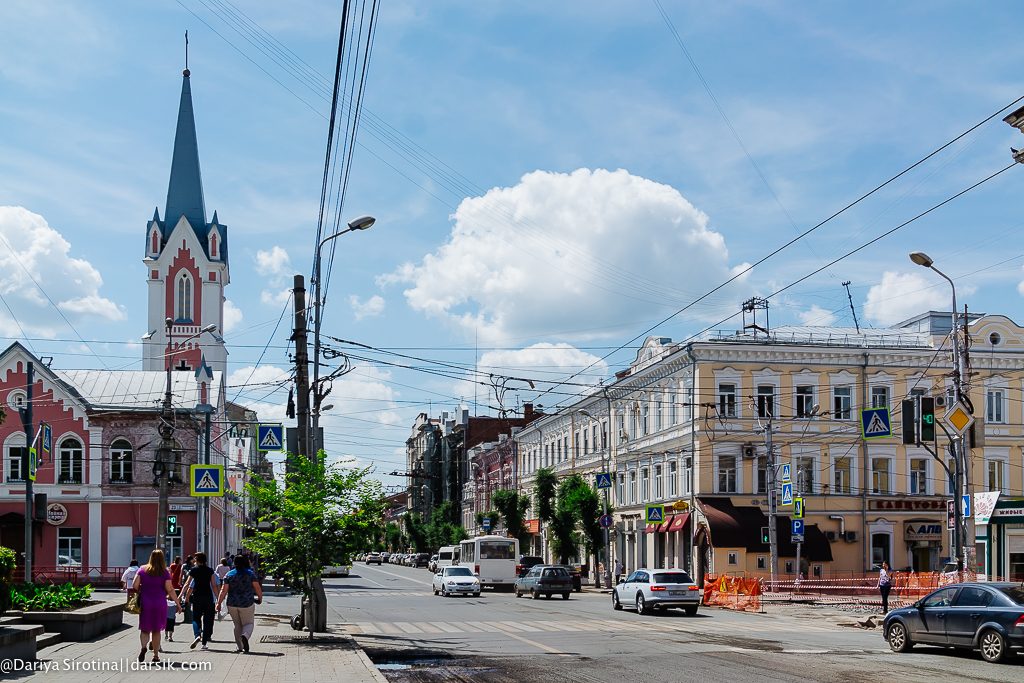
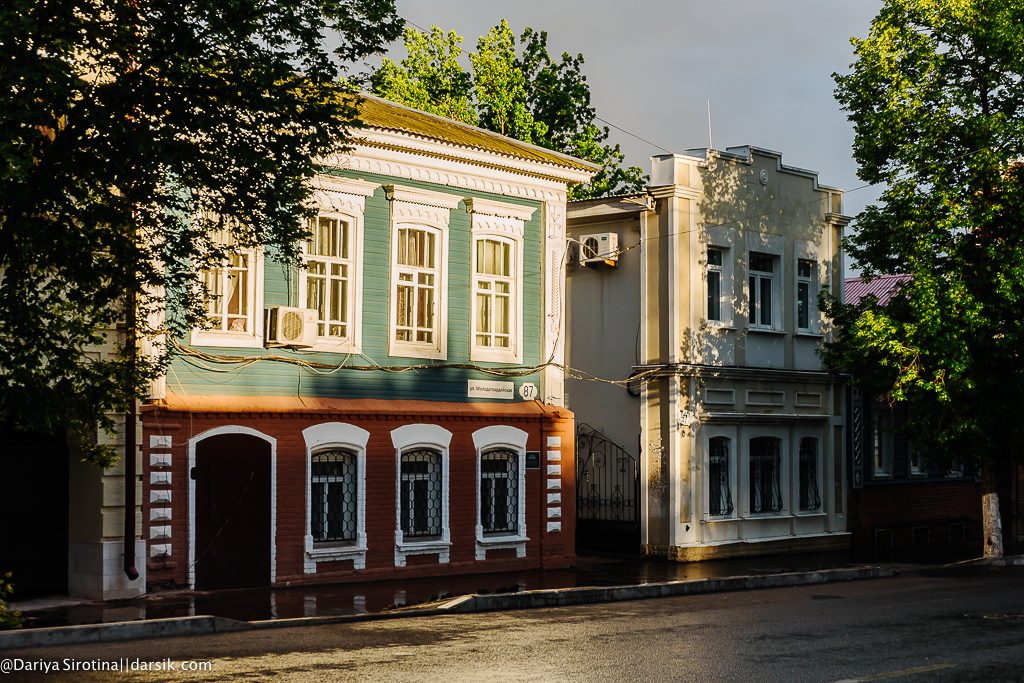
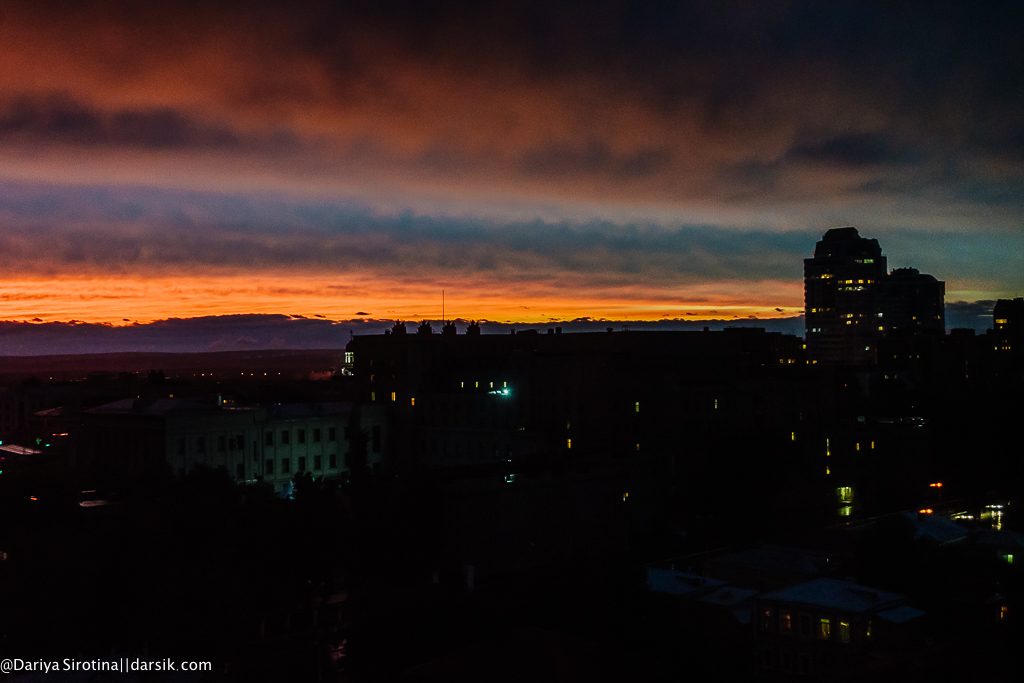
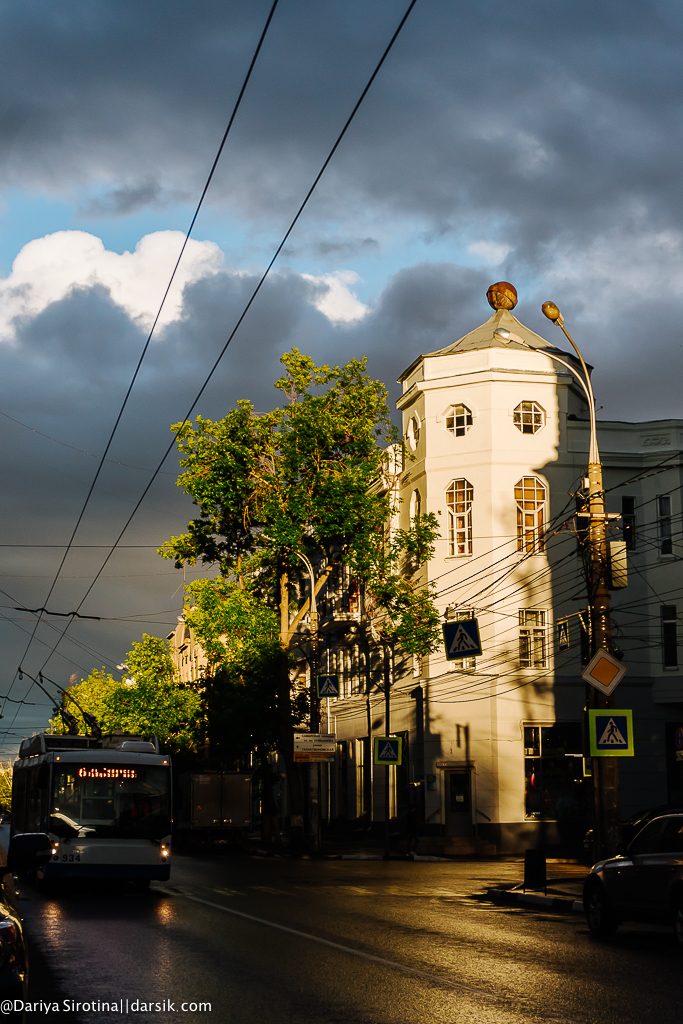

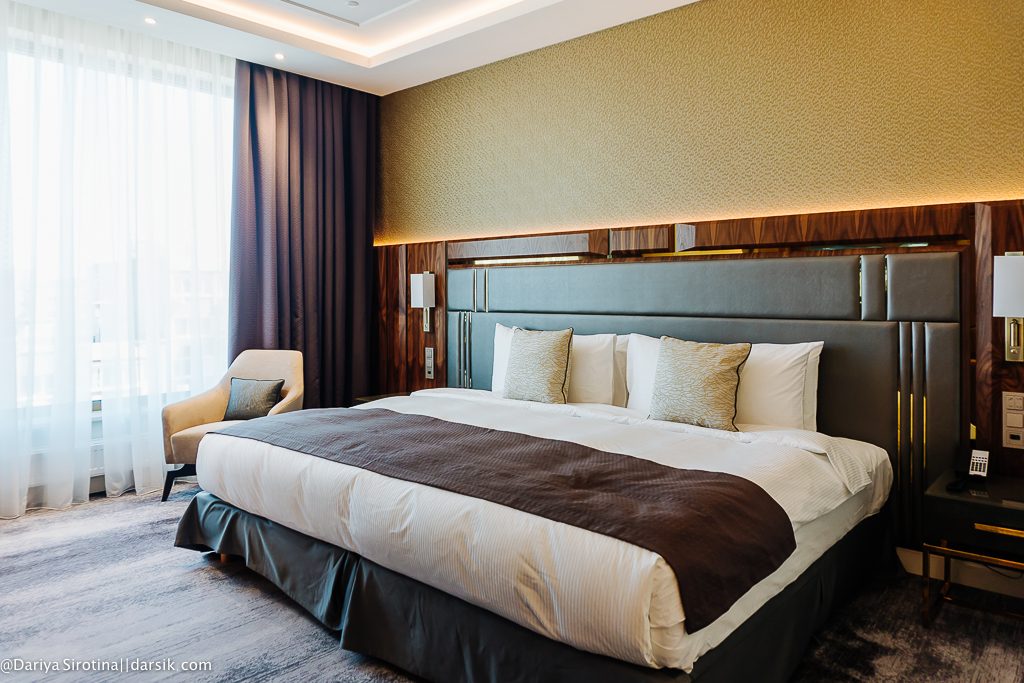
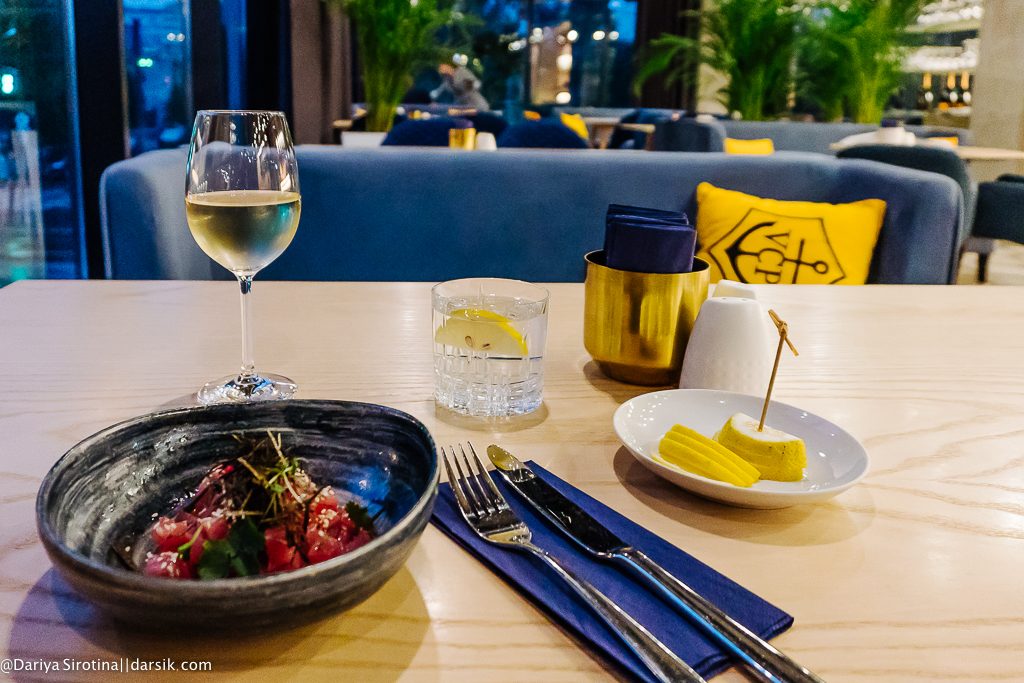
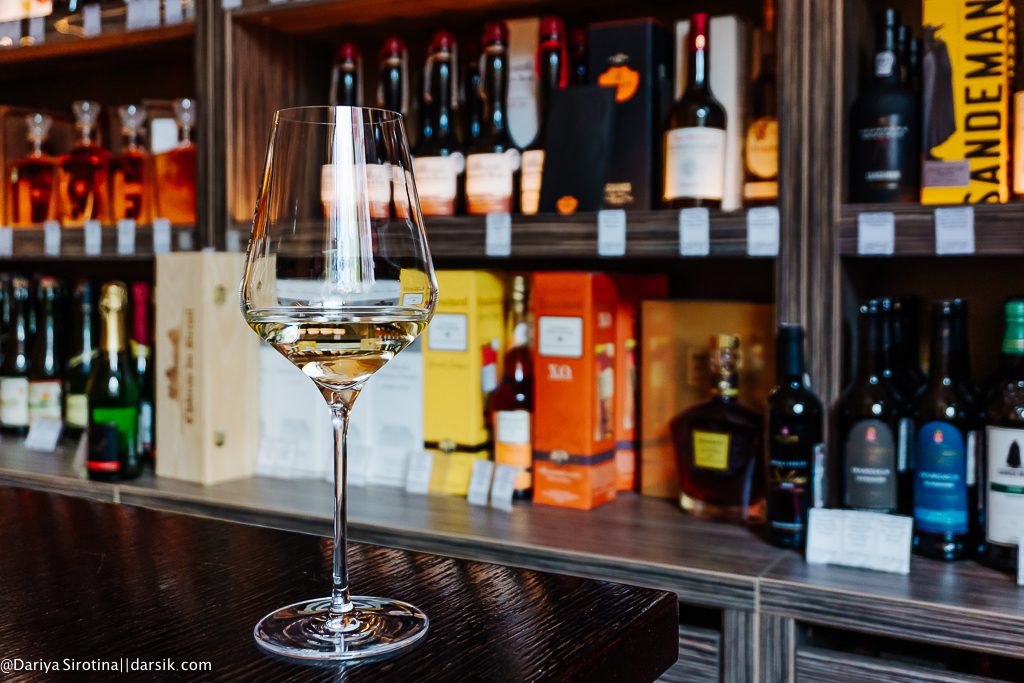
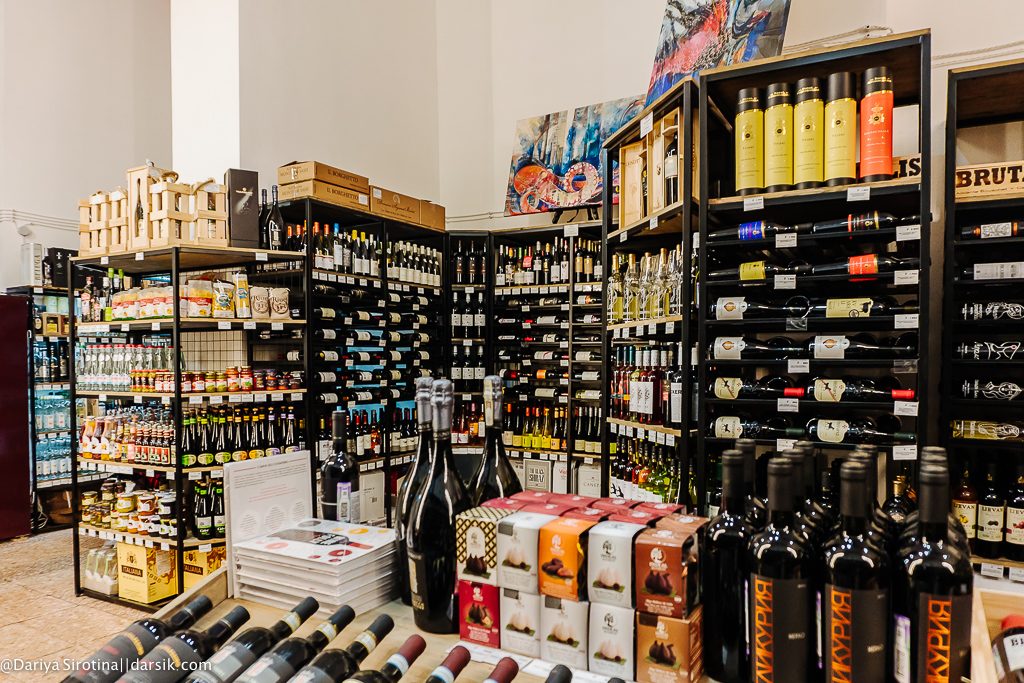

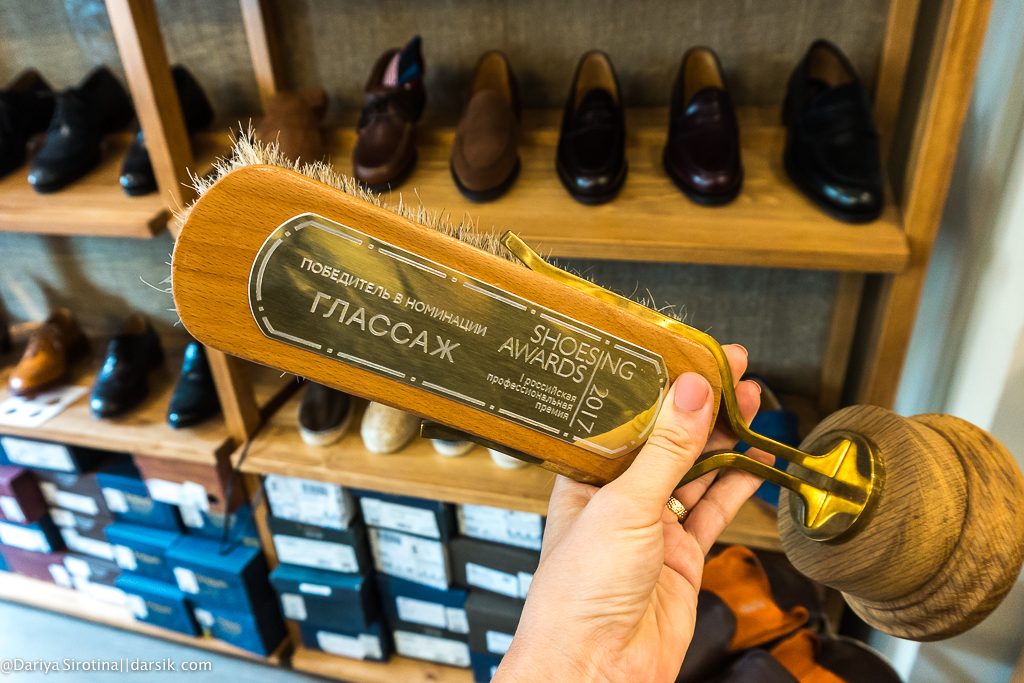
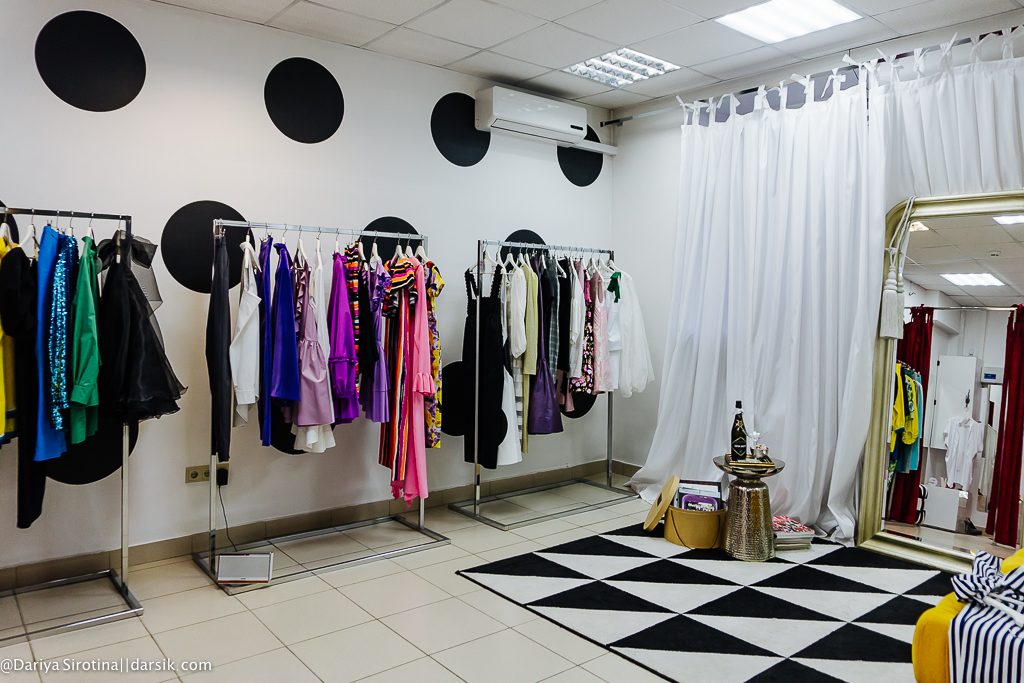
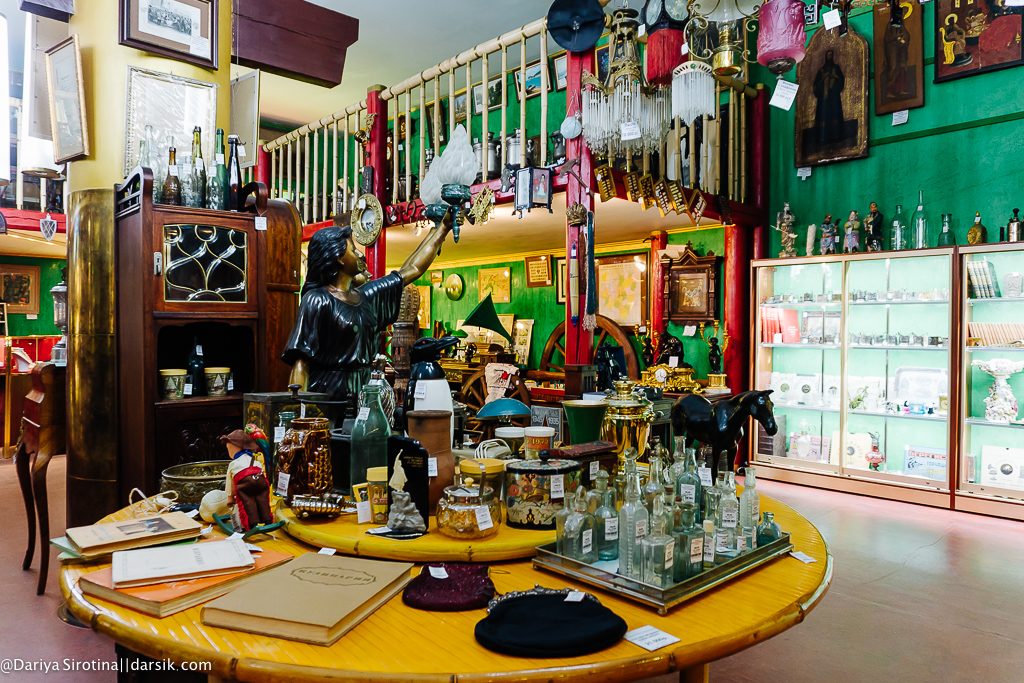

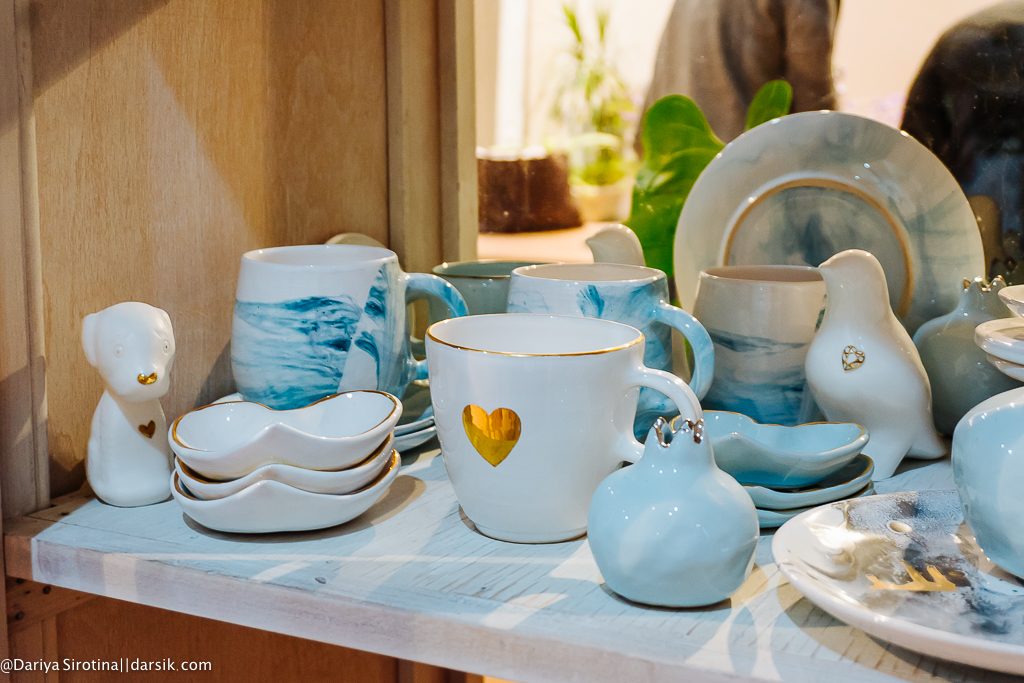
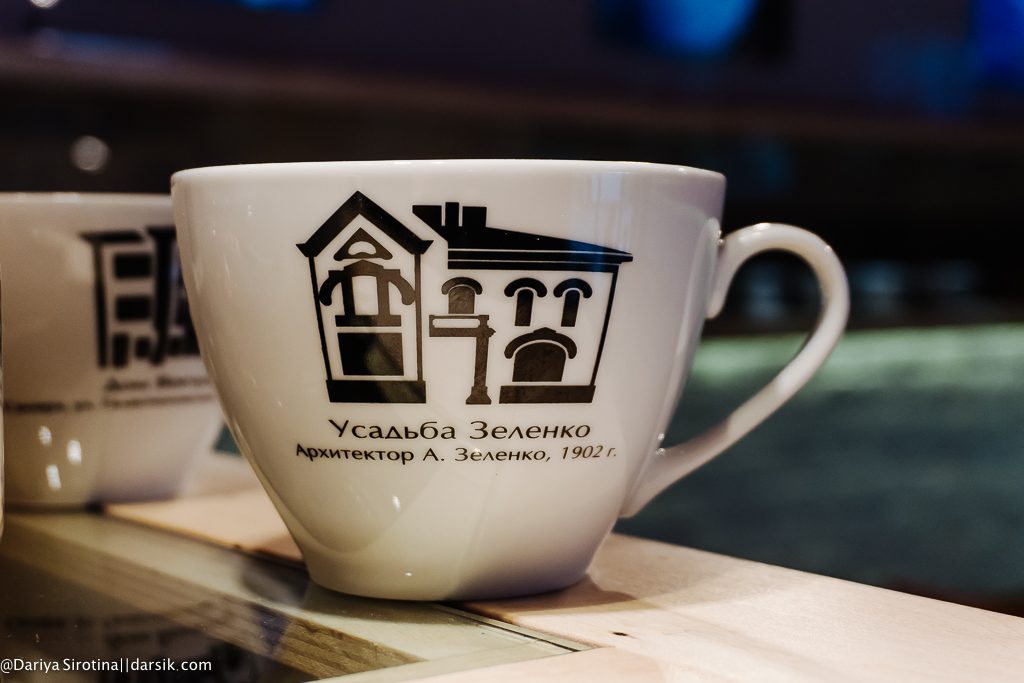
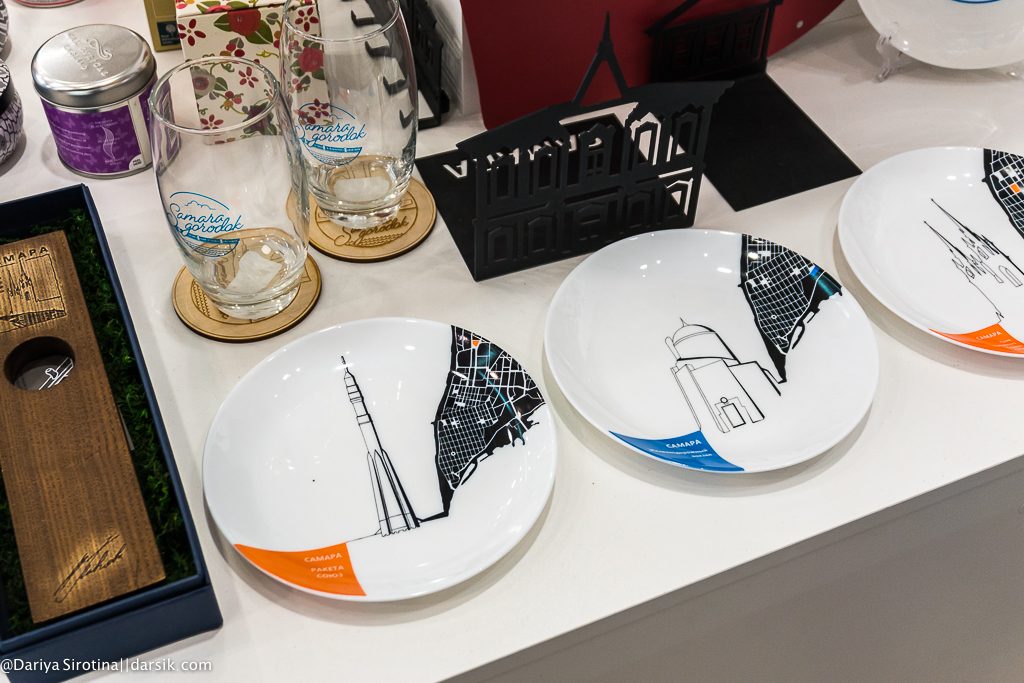
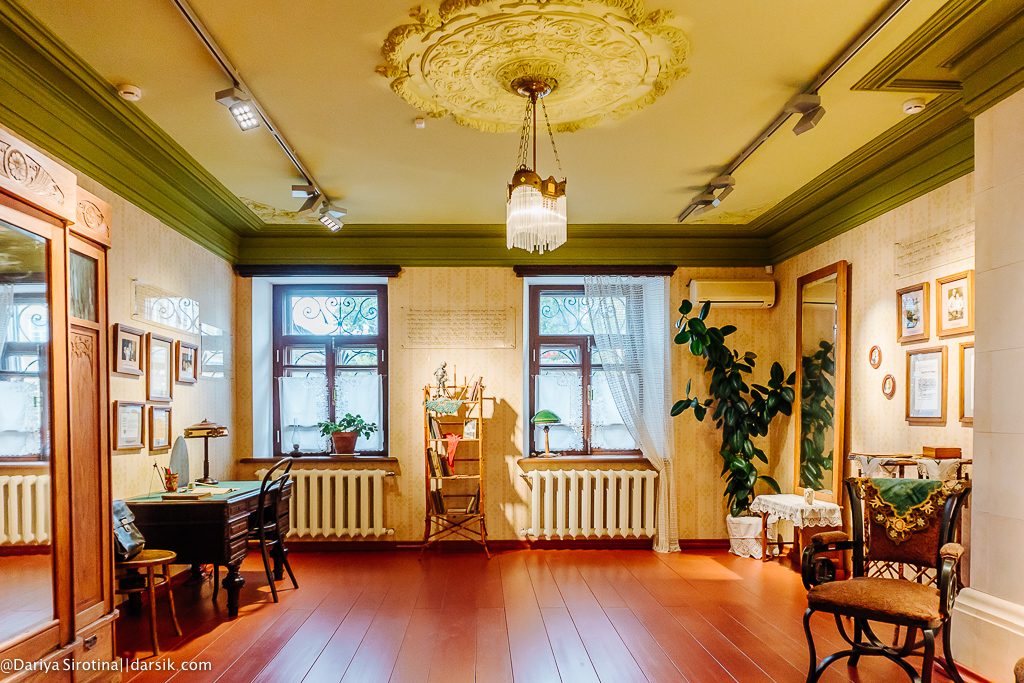
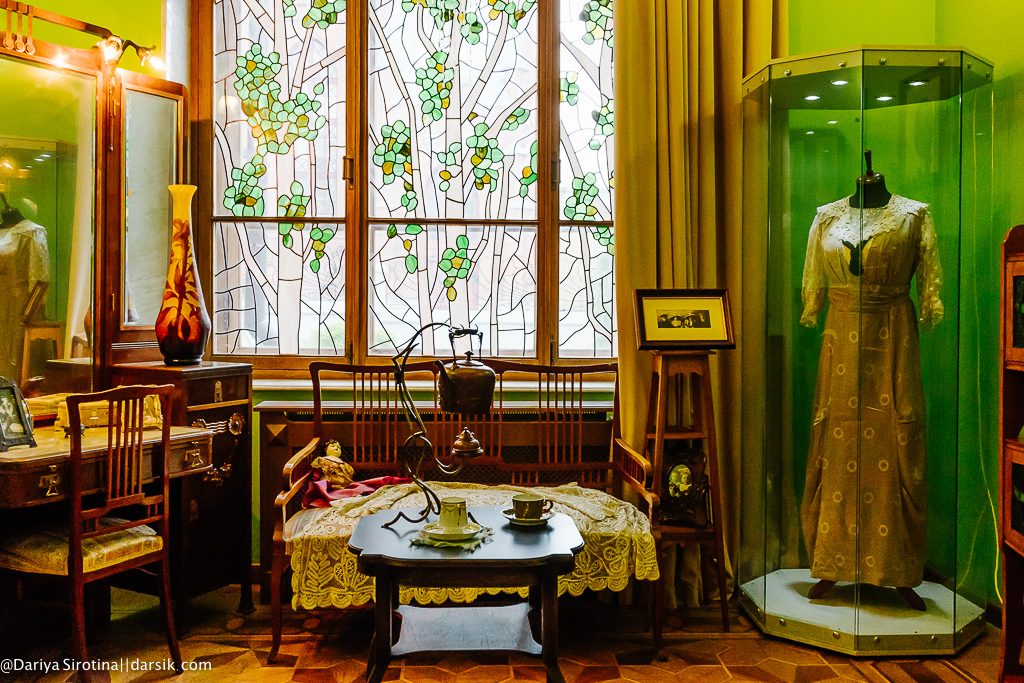
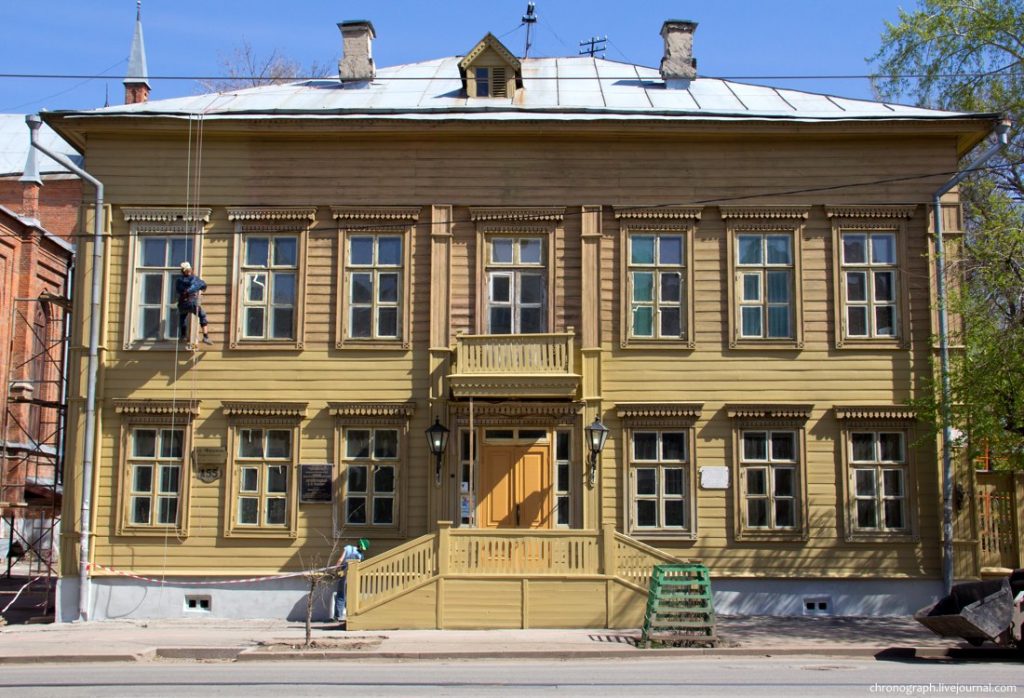

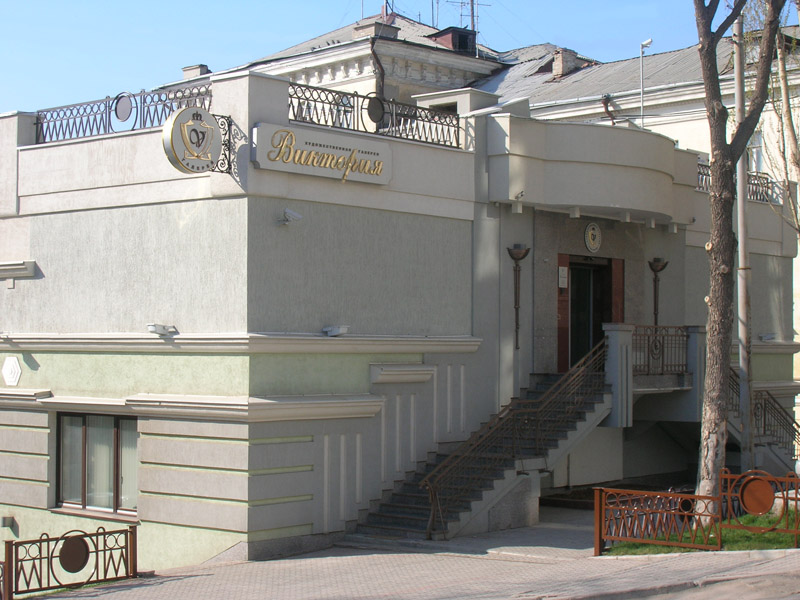


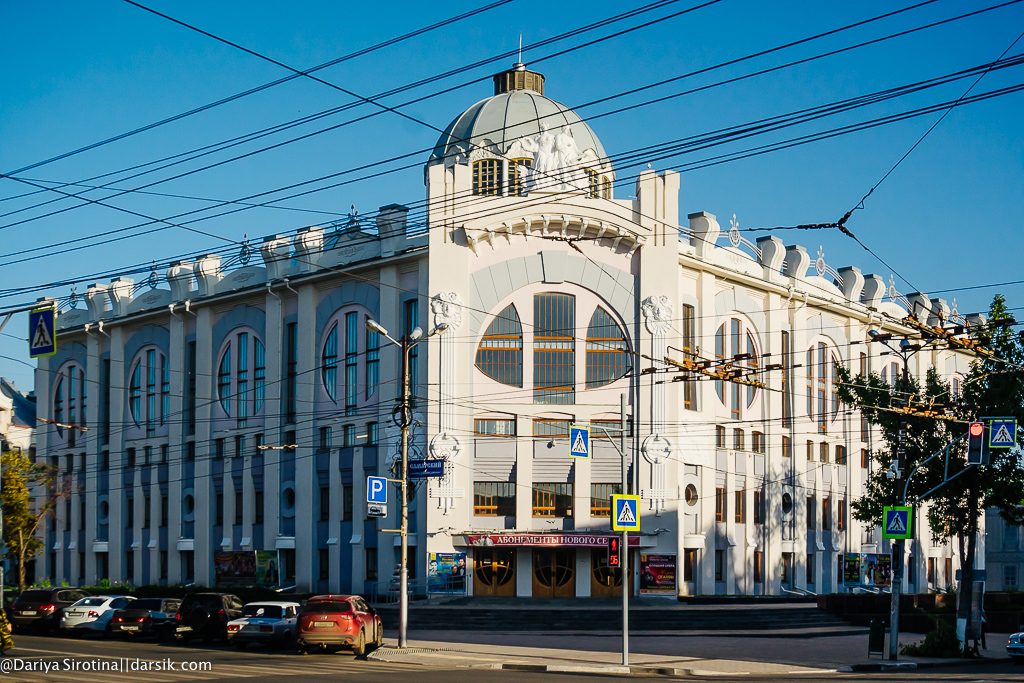
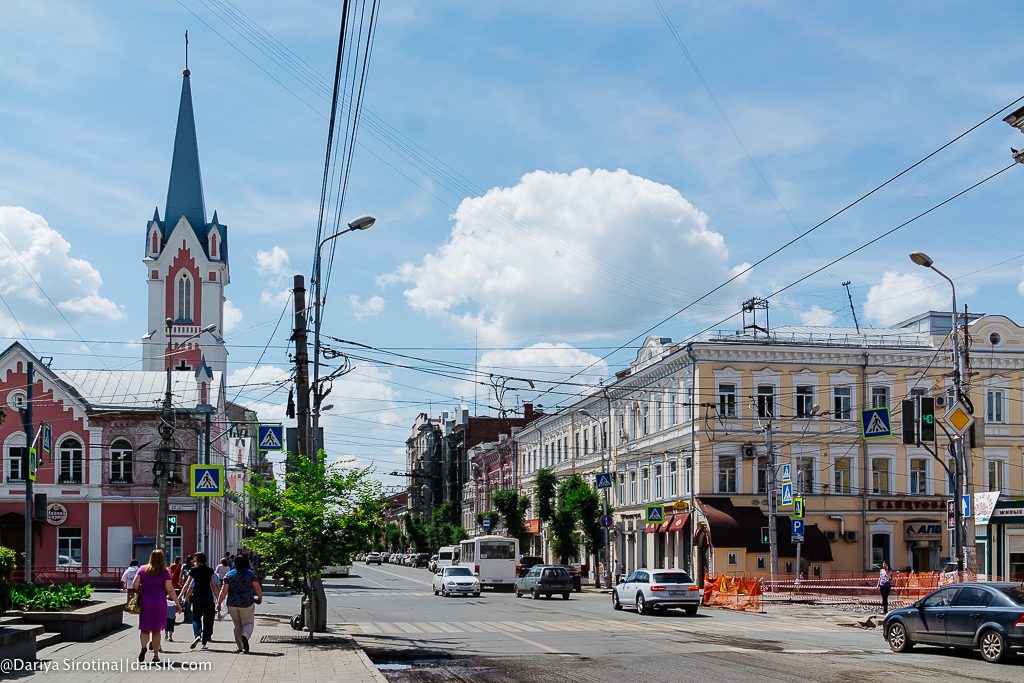

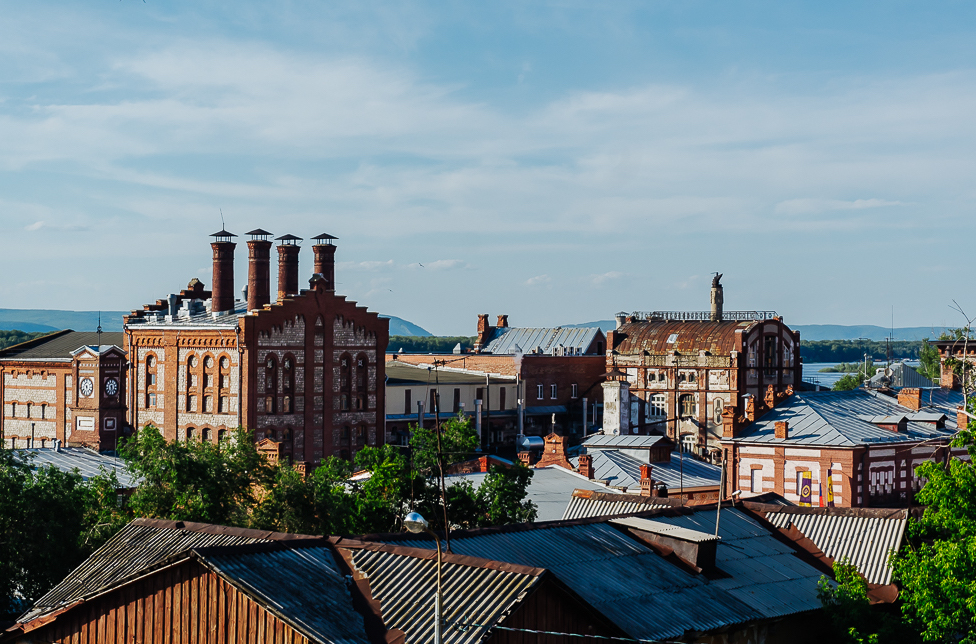
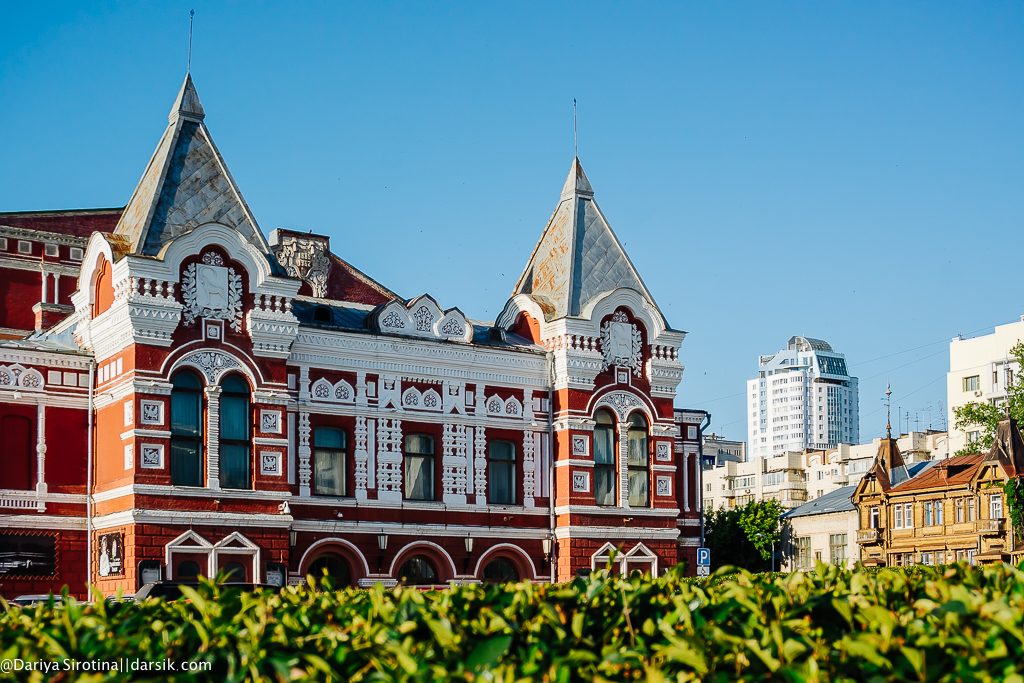
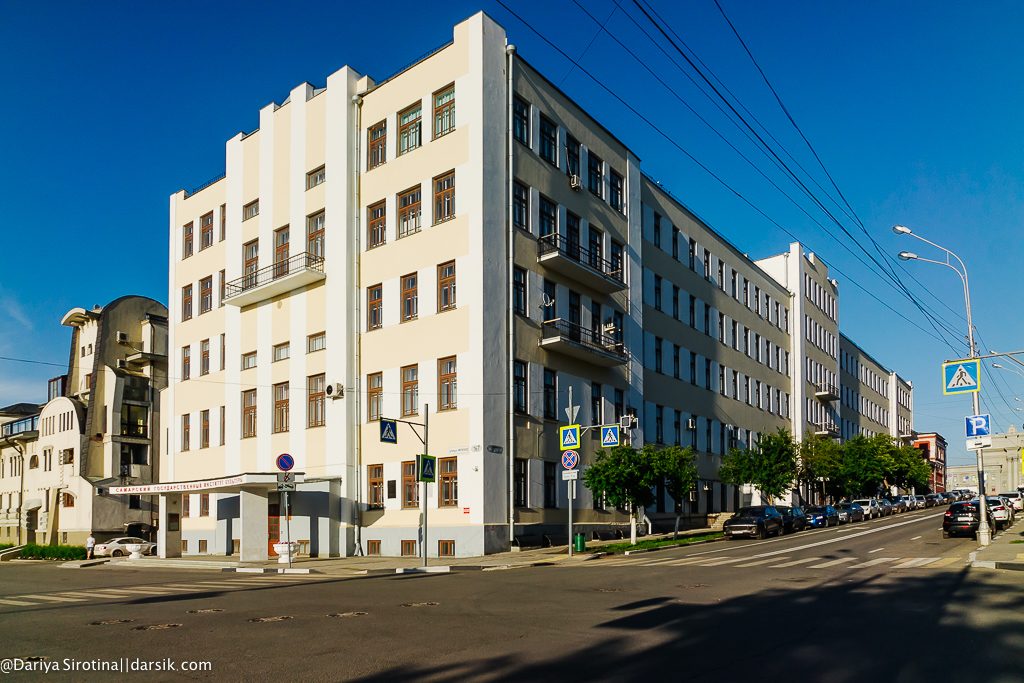

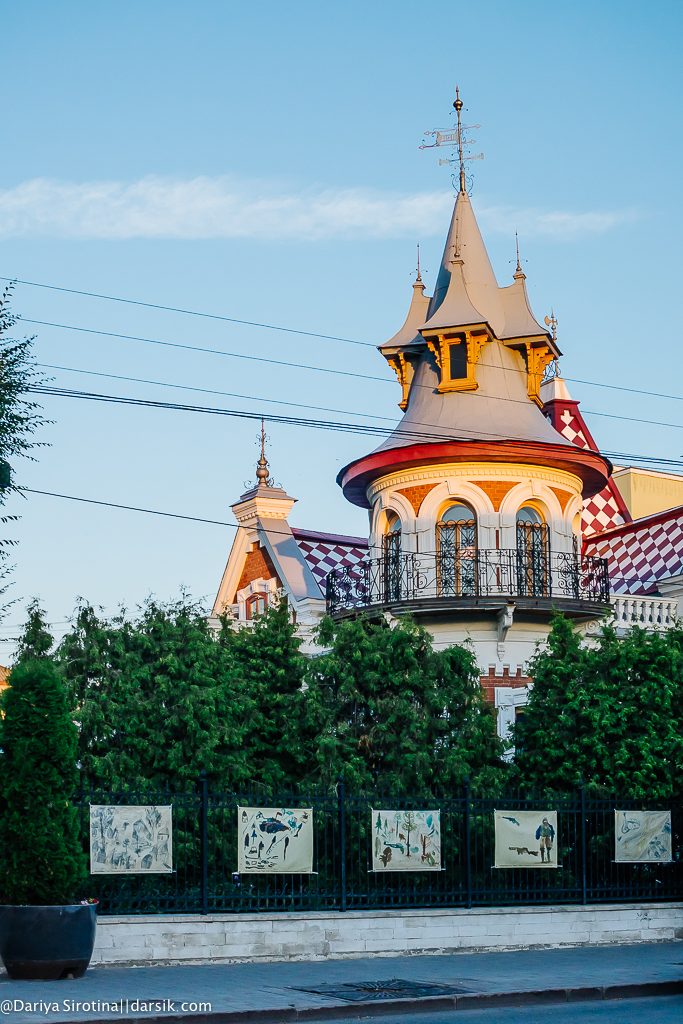
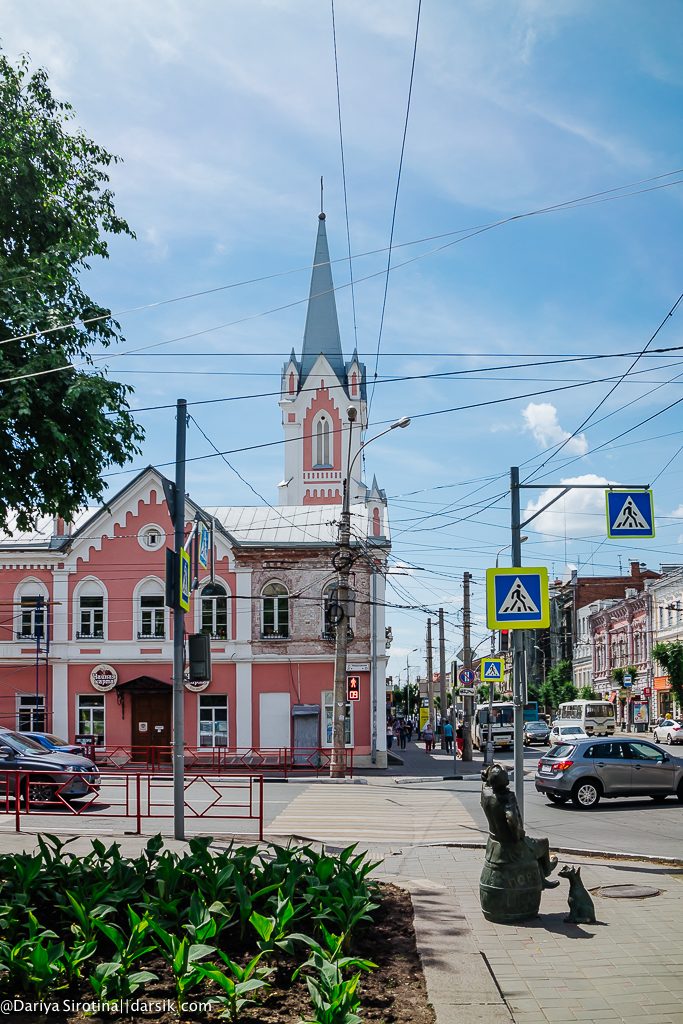
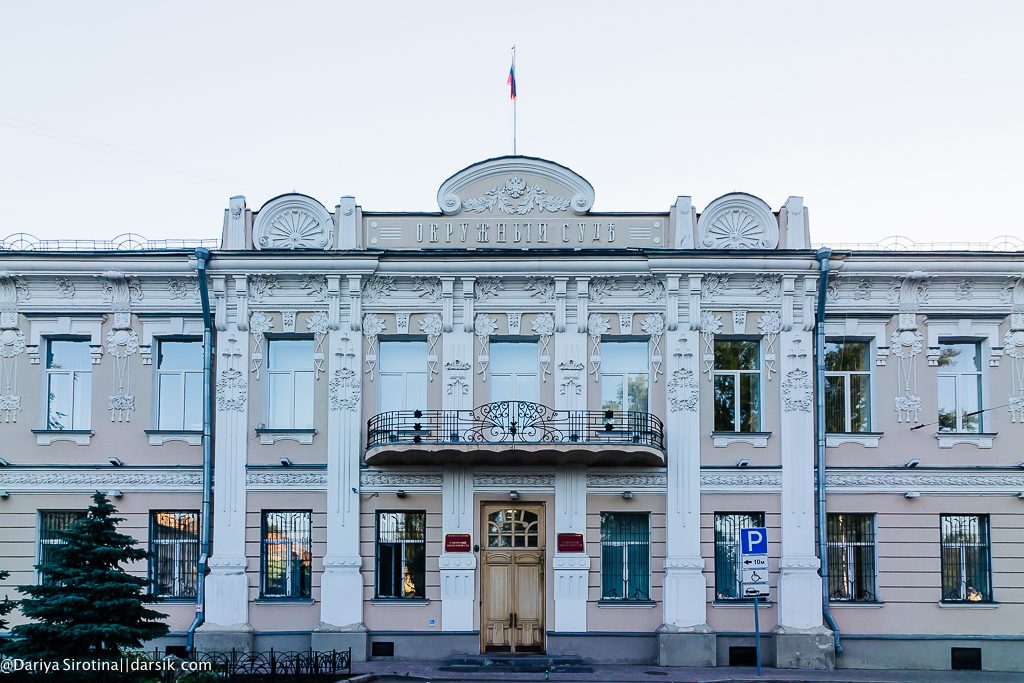
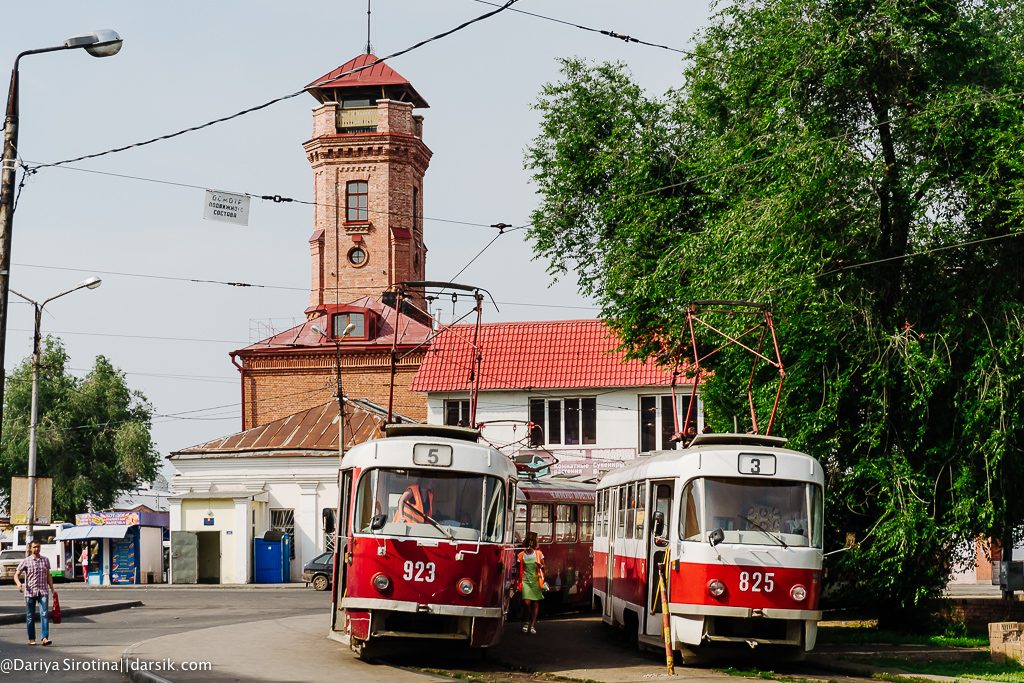
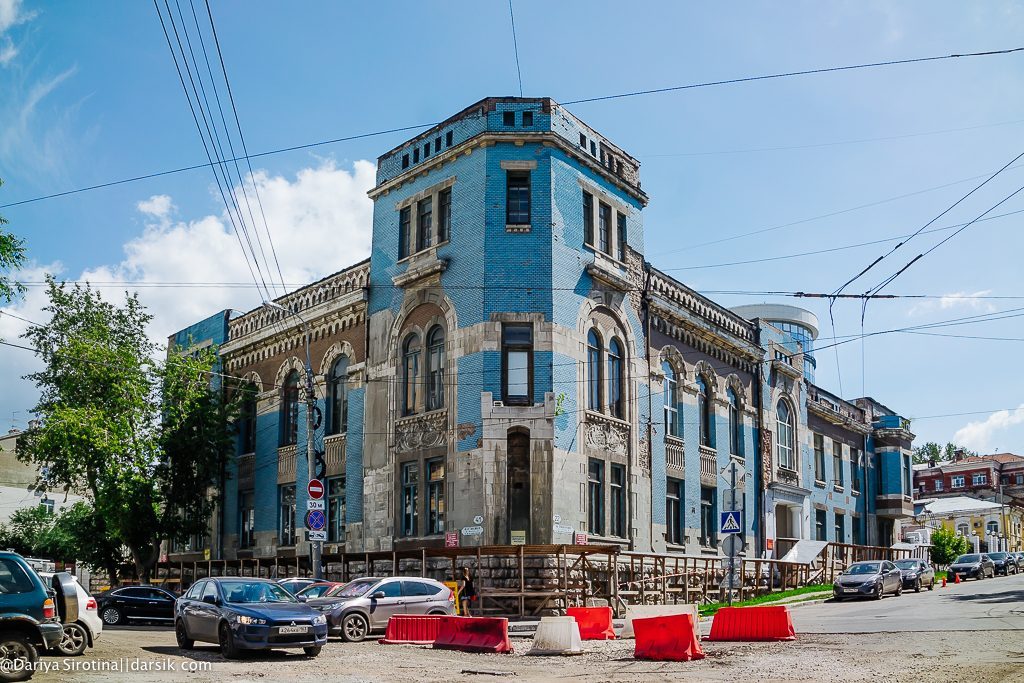
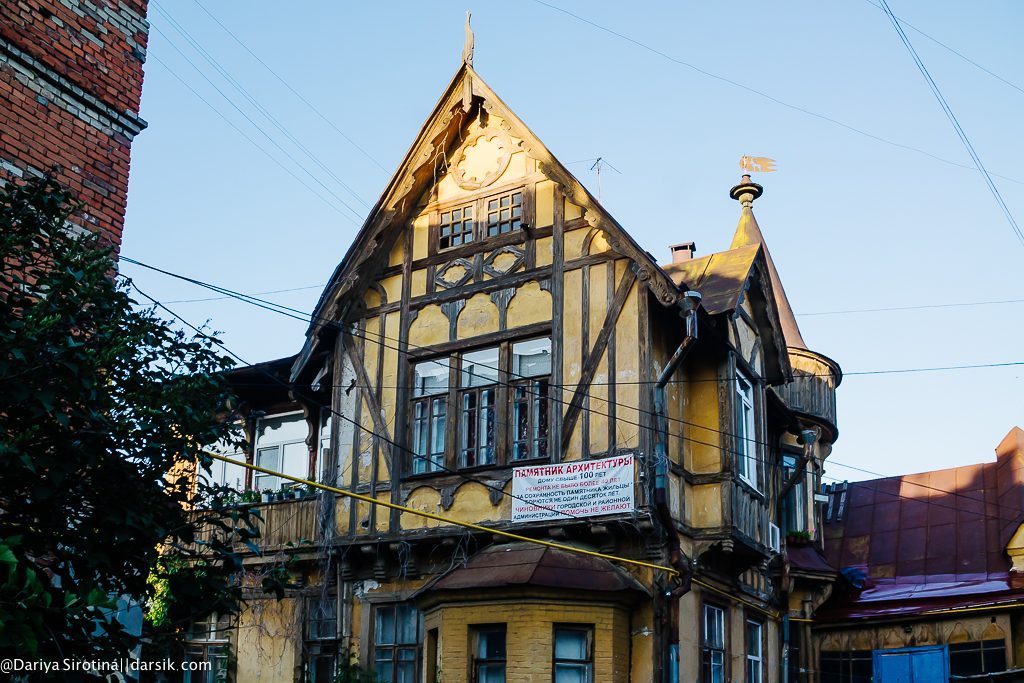
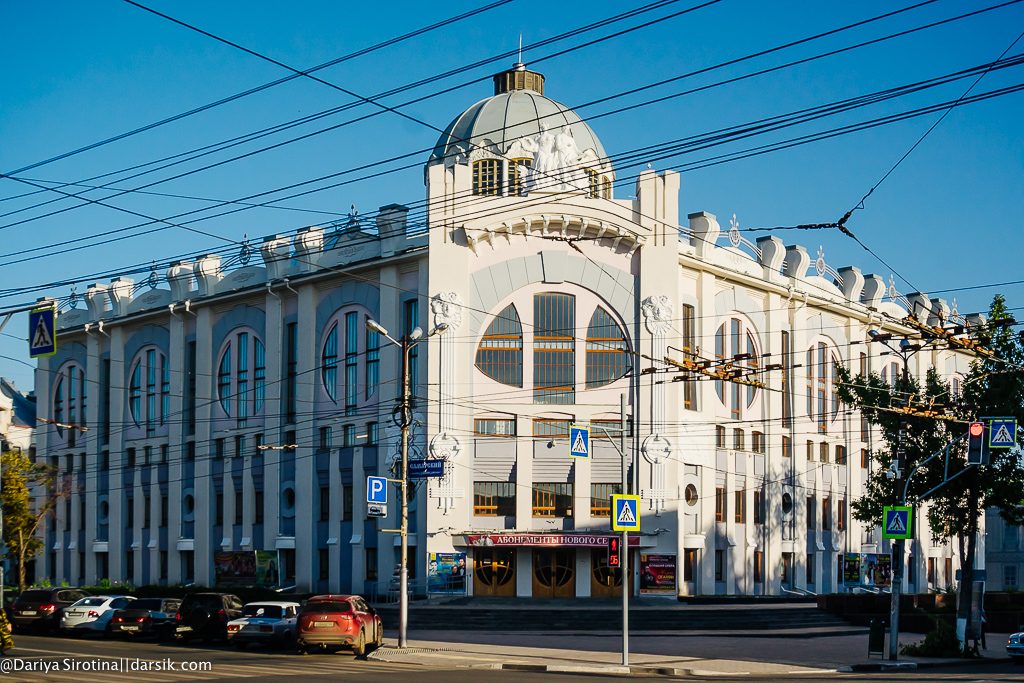
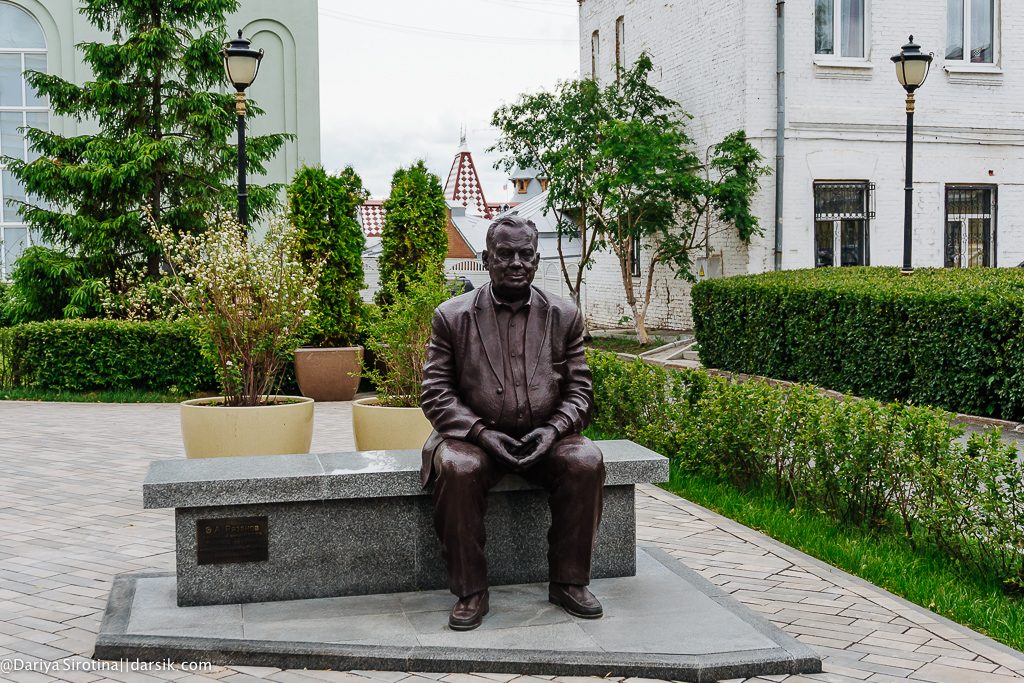
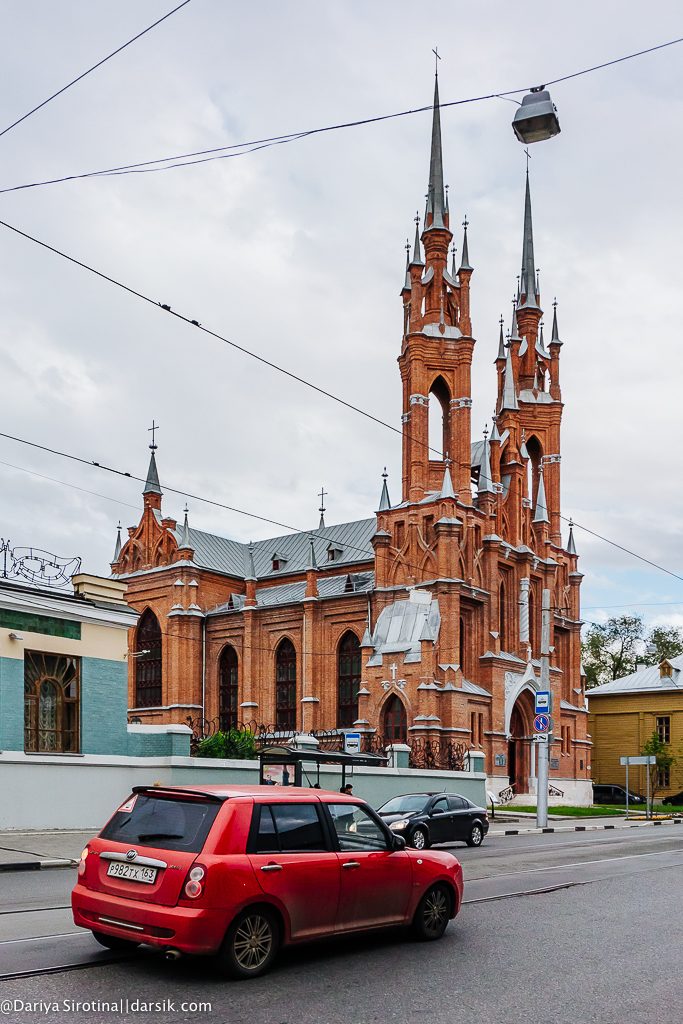
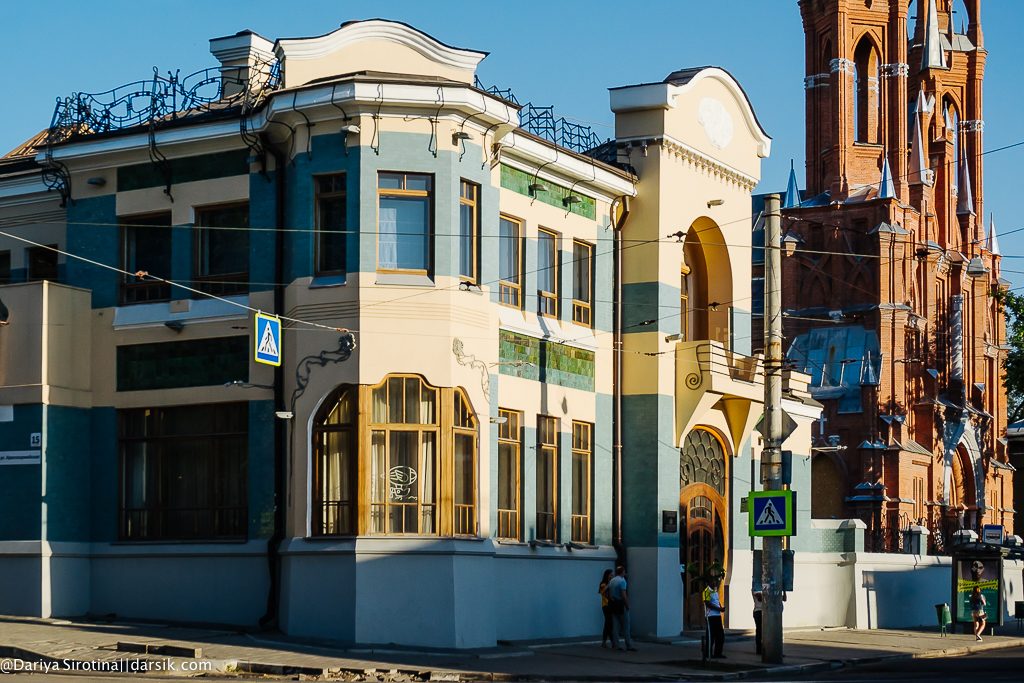
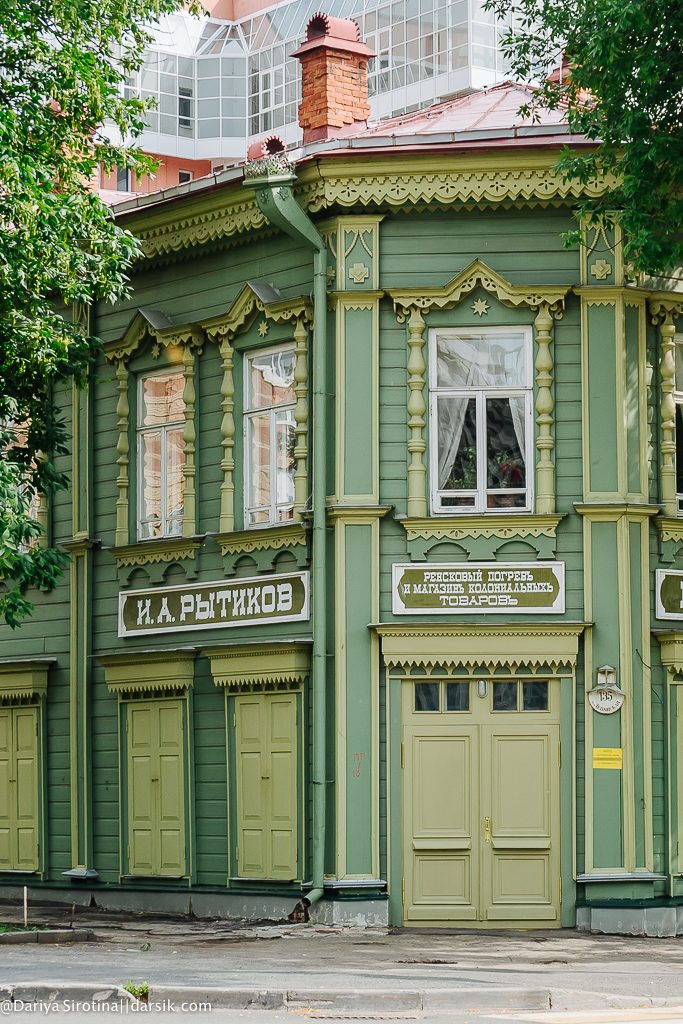
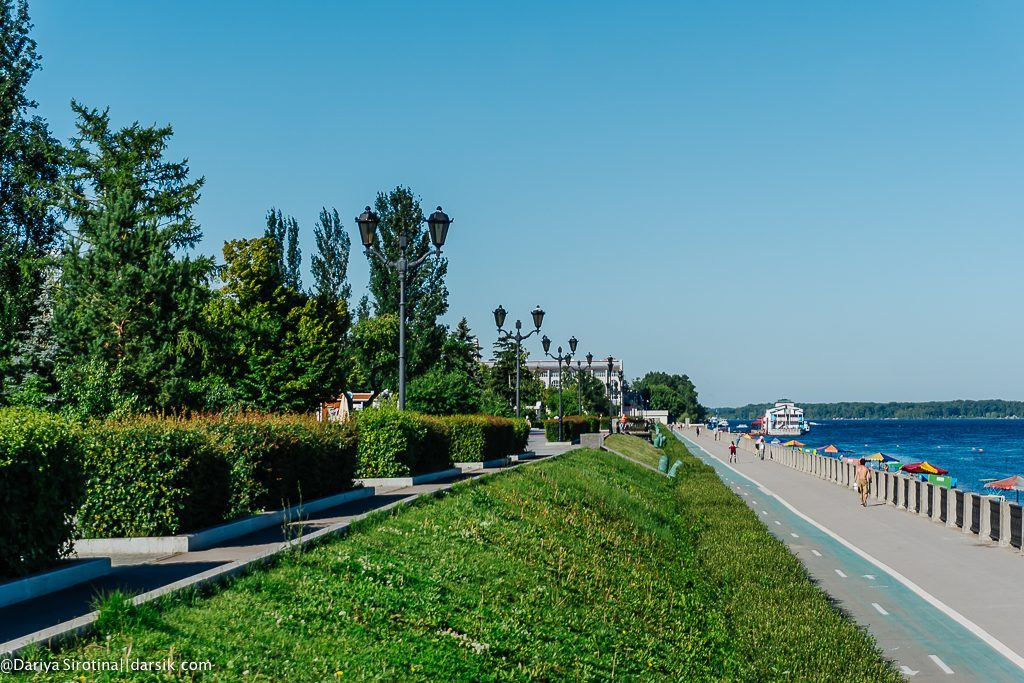
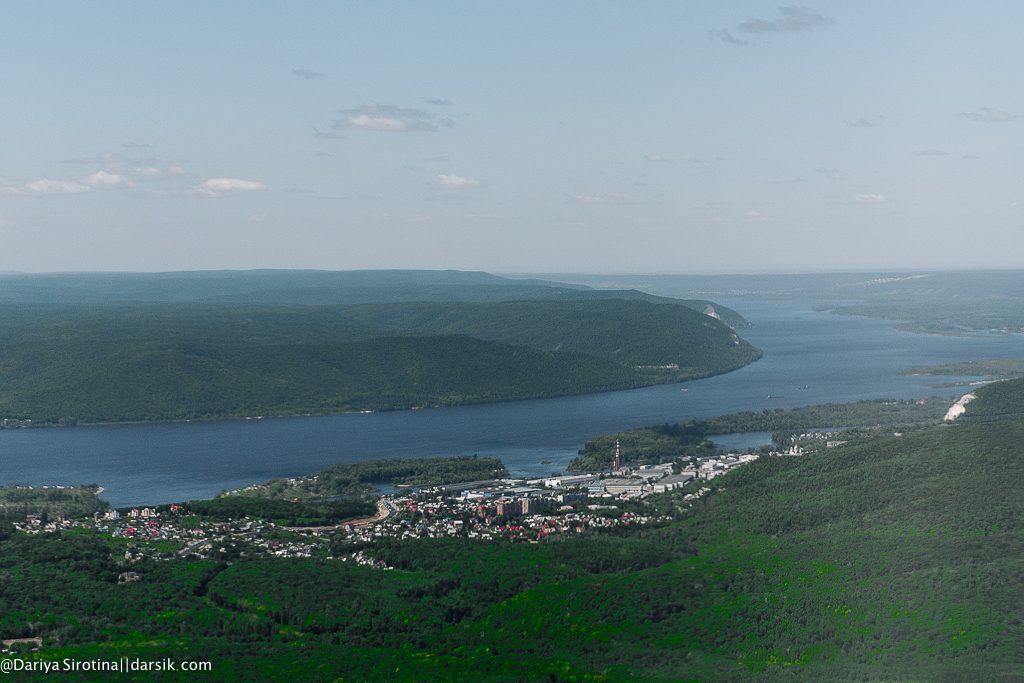
Спасибо за перевод! Разослала знакомым иностранцам которые будут в России на чемпионате )
Вам спасибо!